
Welcome to the 36th post of the really randomly reverberating R, or
R4 for short, write-ups. Today s post is about using
Redis, and especially
RcppRedis, for live or (near) real-time monitoring with
R.

There is an saying that
you can take the boy out of the valley, but you cannot the valley out of the boy so for those of us who spent a decade or two in finance and on trading floors, having some market price information available becomes second nature. And/or sometimes it is just good fun to program this.
A good while back
Josh posted a
gist on a simple-yet-robust while loop. It (very cleverly) uses his
quantmod package to access the SP500 in real-time . (I use quotes here because at the end of retail broadband one is not at the same market action as someone co-located in a New Jersey data center. It is however not delayed: as an index, it is not immediately tradeable as a stock, etf, or derivative may be all of which are only disseminated as delayed price information, usually by ten minutes.) I quite enjoyed the gist and used it and started tinkering with it. For example, it collects data but only saves (
i.e. persists ) it after market close. If for whatever reason one needs to restart recent history is gone. In any event, I used his code and generalized it a little and published this about a year ago as function
intradayMarketMonitor() in my
dang package. (See
this blog post announcing it.) The chart of the left shows this in action, the chart is a snapshot from a couple of days ago when the vignettes (more on them below) were written.
As lovely as
intradayMarketMonitor() is, it also limits itself to market hours. And sometimes you want to see, say, how the market opens on Sunday (futures usually restart at 17h Chicago time), or how news dissipates during the night, or where markets are pre-open, or . So I both wanted to complement this with futures, and also cache it locally so that, say, one machine might collect data and one (or several others) can visualize. For such tasks,
Redis is unparalleled.
(Yet I also always felt
Redis could do with another, simple, short and sweet
introduction stressing the key features of i) being multi-lingual: write in one language, consume in another and ii) loose coupling: no linking as one talks to
Redis via standard tcp/ip networking. So I
wrote a new intro vignette that is now in RcppRedis. I hope this comes in handy. Comments welcome!)
Our
RcppRedis package had long been used for such tasks, and it was easy to set it up. Standard use is to loop, fetch some data, push it to
Redis, sleep, and start over. Clients do the same: fetch most recent data, plot or report it, sleep, start over. That works, but it has a dual delay as the client sleeping may miss the data update!
The standard answer to this is called publish/pubscribe, or pub/sub. Libraries such as
0mq or zeromq specialise in this. But it turns out
Redis already has it. I had some initial difficulty adding it to
RcppRedis so for a trial I tested the marvellous
rredis package by
Bryan and simply instantiated two
Redis clients. Now the data getter simply publishes a new data point in a given channel, by convention named after the security it tracks. Clients register with the
Redis server which does all the actual work of keeping track of who listens to what. The clients now simply listen (which is a blocking operation) and as soon as data comes in receive it.

This is quite mesmerizing when you just run two command-line clients (in a
byobu session, say). As sone as the data is written (as shown on console log) it is consumed. No measruable overhead. Just lovely.
Bryan and I then talked a litte as he may or may not retire
rredis. Having implemented the pub/sub logic for both sides once, he took a good hard look at
RcppRedis and just like that added it there. With some really clever wrinkles for (optional) per-symbol callback as closure attached to the instance. Truly amazeballs And once we had it in there, generalizing from publishing or subscribing to just one symbol
easily generalizes to having one listener collect
and publish for multiple symbols, and having one or more clients subscribe and listen one, more or even all symbol. All with ease thanks tp
Redis. The second chart, also from a few days ago, shows four symbols for four (front-contract) futures for Bitcoin, Crude Oil, SP500, and Gold.
As all this can get a little technical, I wrote a
second vignette for RcppRedis on just this: market monitoring. Give this a read, if interested, feedback on this one is most welcome too! But all the code you need is included in the package just run a local
Redis instance.
Before closing, one sour note. I uploaded all this in a new and much improved updated RcppRedis 0.2.0 to CRAN on March 13 ten days ago. Not only is it still not there , but CRAN in their most delightful way also refuses to answer any emails of mine. Just lovely. The package exhibited just one compiler warning: a C++ compiler objected to the (embedded) C library
hiredis (included as a fallback) for using a C language construct. Yes. A C++ compiler complaining about C. It s a non-issue. Yet it s been ten days and we still have nothing. So irritating and demotivating. Anyway, you can get the package off
its GitHub repo.
If you like this or other open-source work I do, you can
sponsor me at GitHub.
This post by Dirk Eddelbuettel originated on his Thinking inside the box blog. Please report excessive re-aggregation in third-party for-profit settings.
 Thrilled to share that a new version of prrd arrived at
CRAN yesterday in a first
update in two and a half years. prrd facilitates
the parallel running [of] reverse dependency [checks] when
preparing R packages. It is used extensively for releases I make of Rcpp, RcppArmadillo,
RcppEigen,
BH, and
others.
Thrilled to share that a new version of prrd arrived at
CRAN yesterday in a first
update in two and a half years. prrd facilitates
the parallel running [of] reverse dependency [checks] when
preparing R packages. It is used extensively for releases I make of Rcpp, RcppArmadillo,
RcppEigen,
BH, and
others.
 The key idea of prrd is simple,
and described in some more detail on its webpage and
its GitHub repo.
Reverse dependency checks are an important part of package development
that is easily done in a (serial) loop. But these checks are also
generally embarassingly parallel as there is no or little
interdependency between them (besides maybe shared build depedencies).
See the (dated) screenshot (running six parallel workers, arranged in a
split byobu session).
This release, the first since 2021, brings a number of enhancments.
In particular, the summary function is now improved in several ways. Josh also put in a nice PR
that generalizes some setup defaults and values.
The release is summarised in the NEWS entry:
The key idea of prrd is simple,
and described in some more detail on its webpage and
its GitHub repo.
Reverse dependency checks are an important part of package development
that is easily done in a (serial) loop. But these checks are also
generally embarassingly parallel as there is no or little
interdependency between them (besides maybe shared build depedencies).
See the (dated) screenshot (running six parallel workers, arranged in a
split byobu session).
This release, the first since 2021, brings a number of enhancments.
In particular, the summary function is now improved in several ways. Josh also put in a nice PR
that generalizes some setup defaults and values.
The release is summarised in the NEWS entry:
 Happy 2024!
Happy 2024!
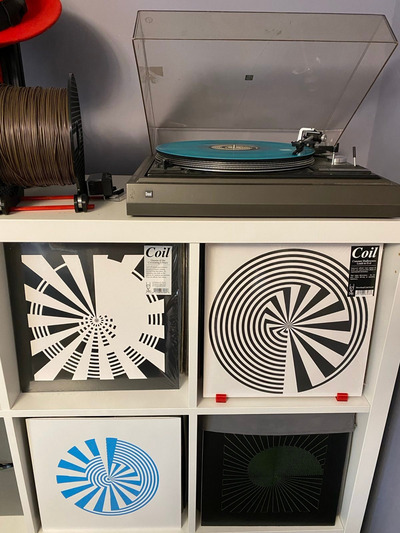
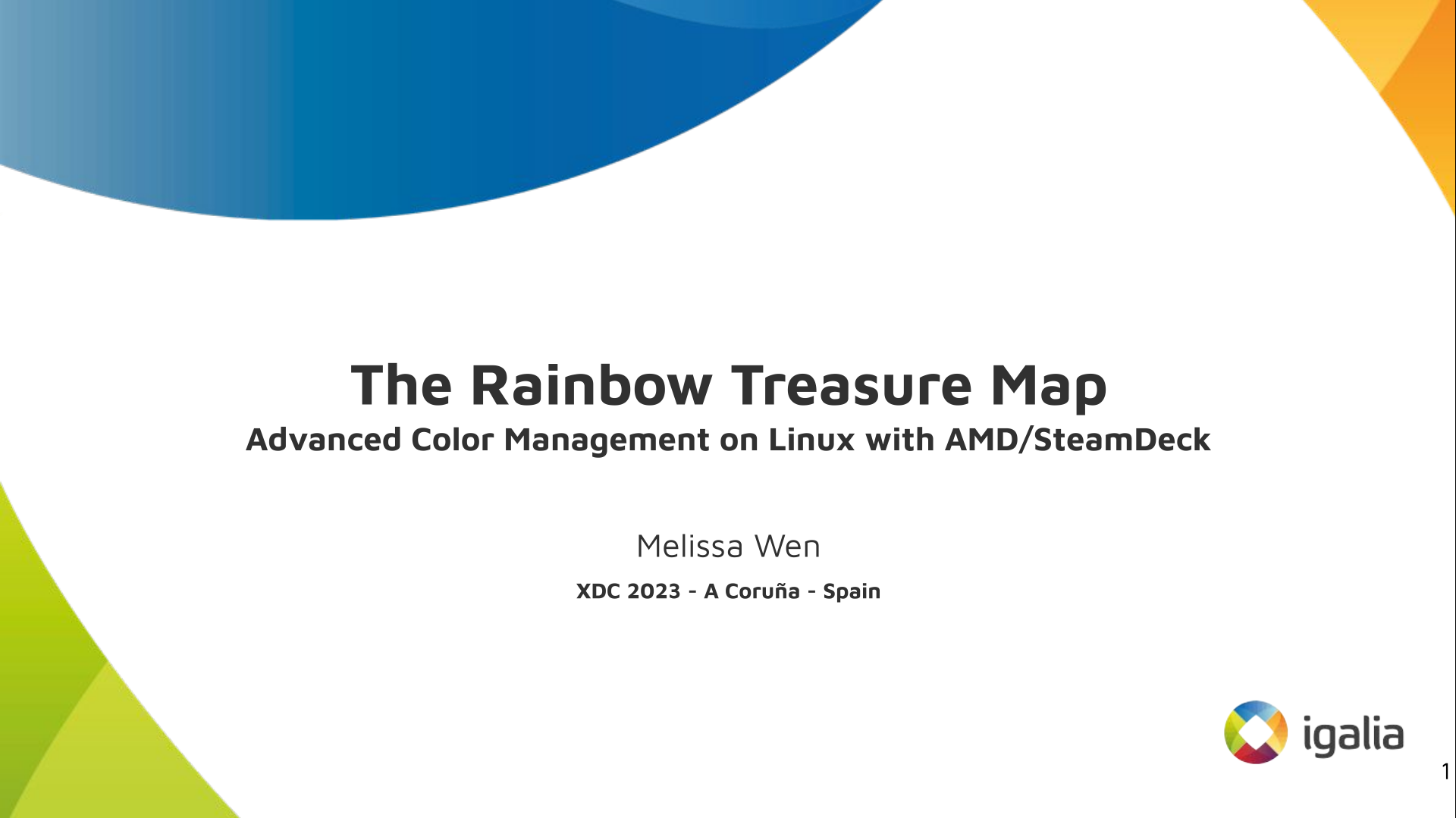
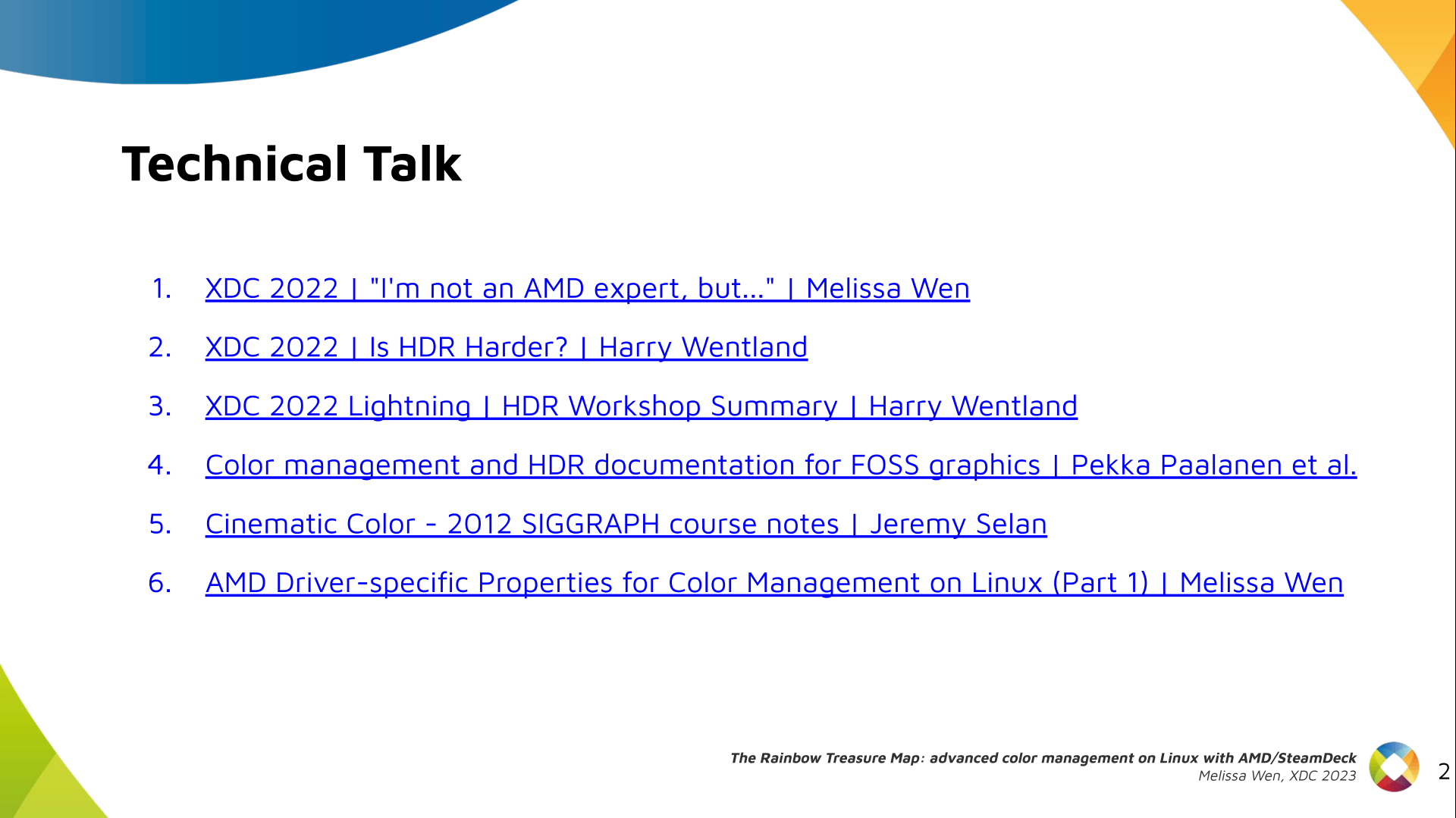
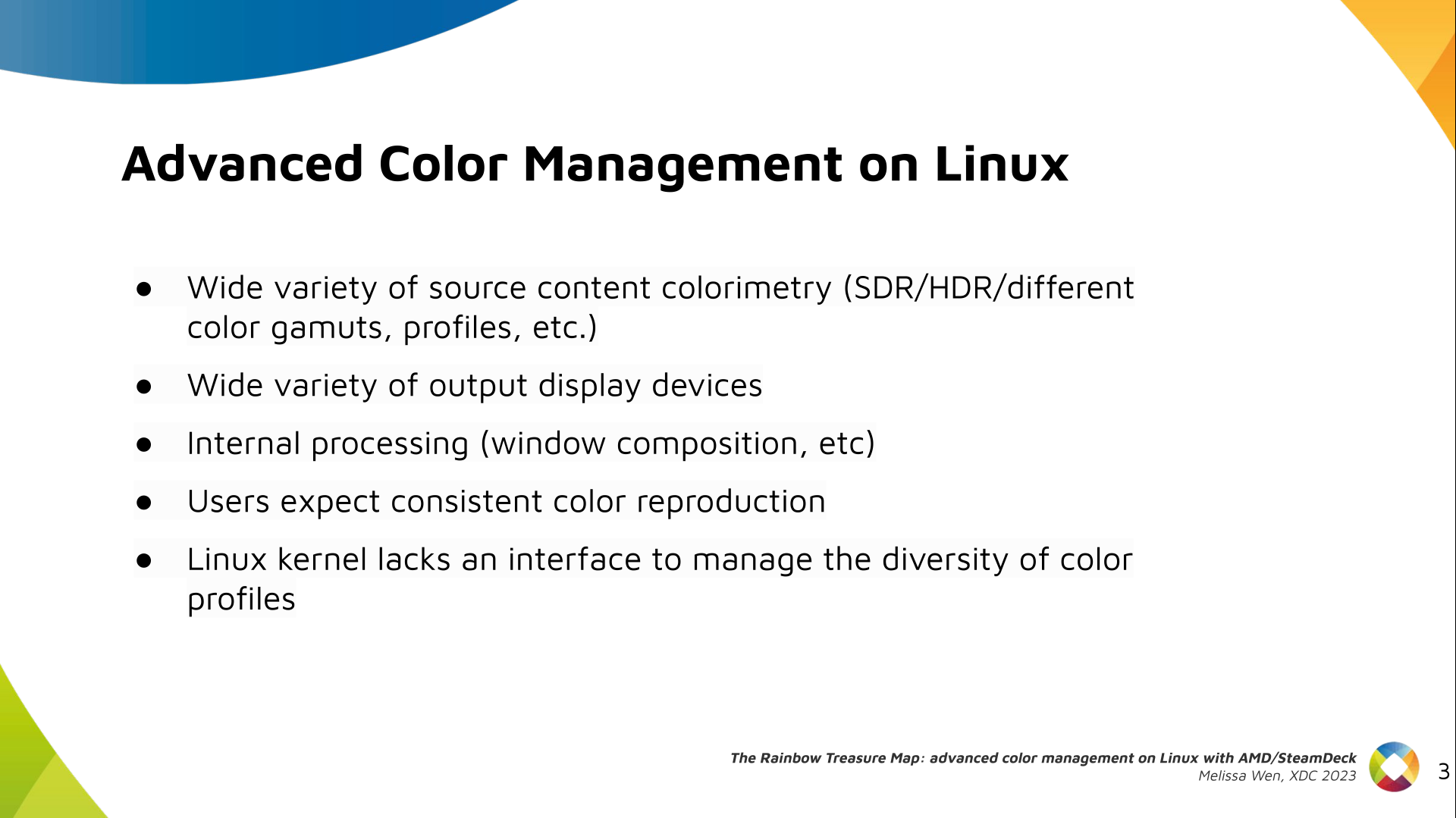
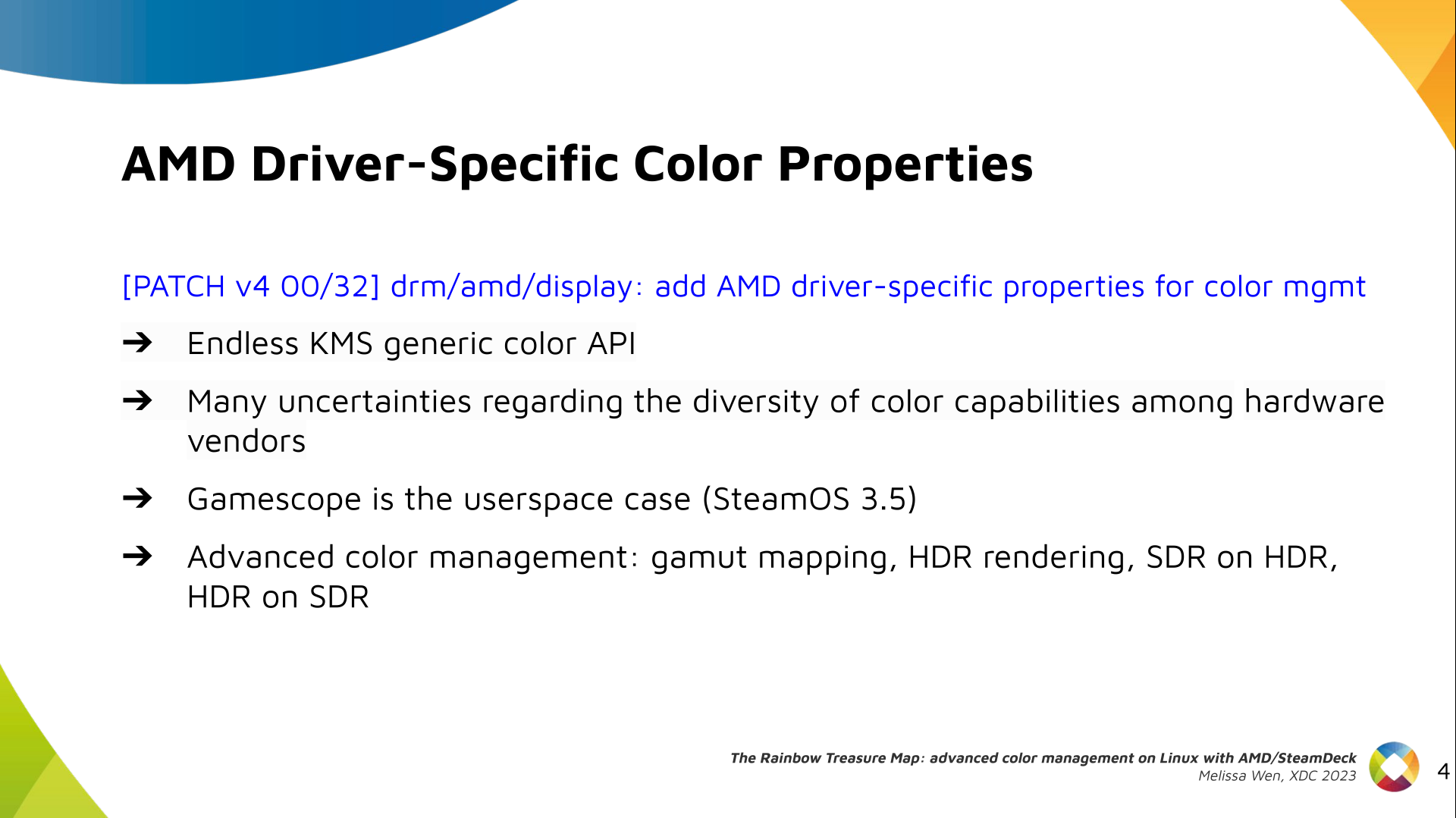
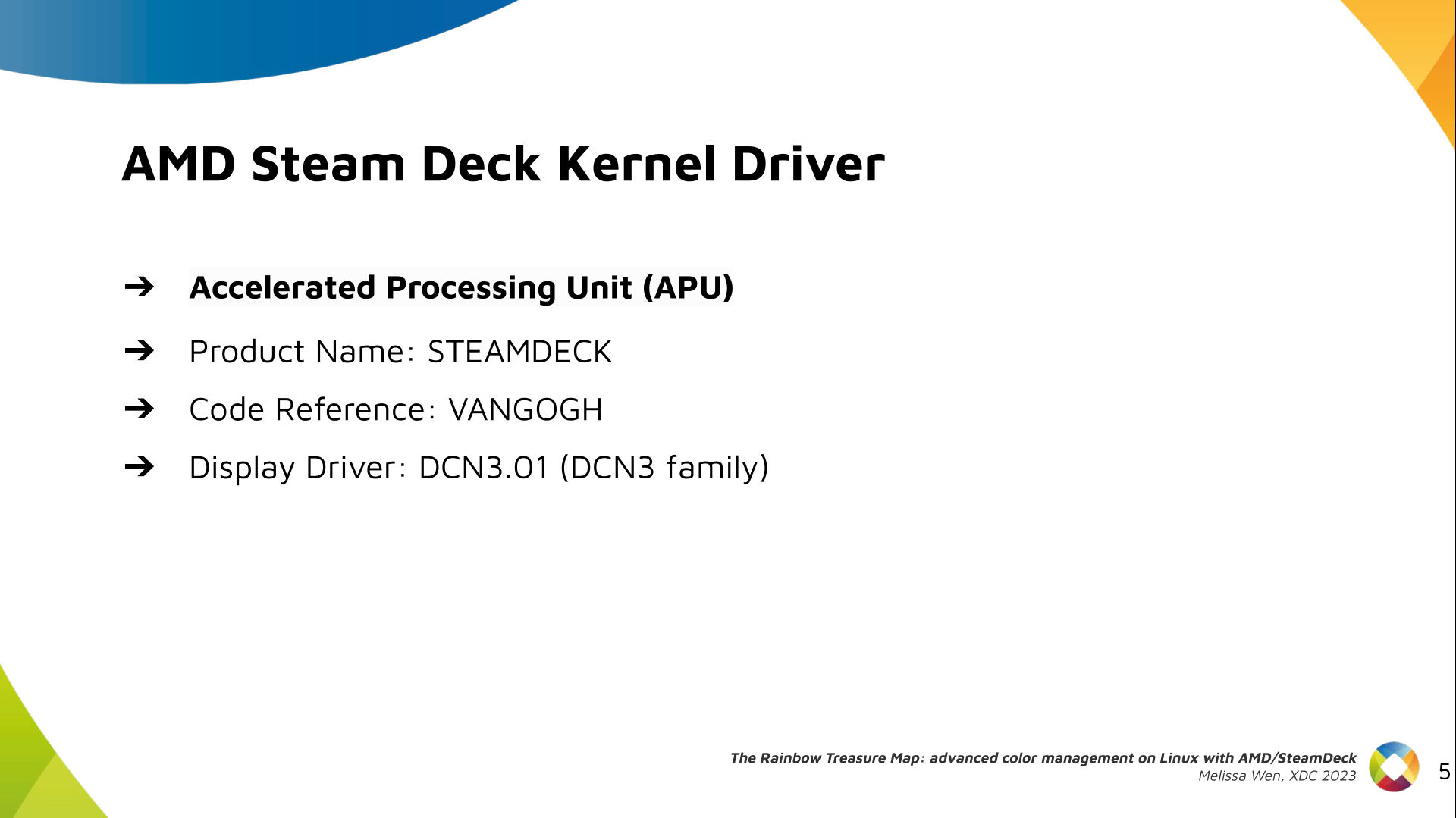
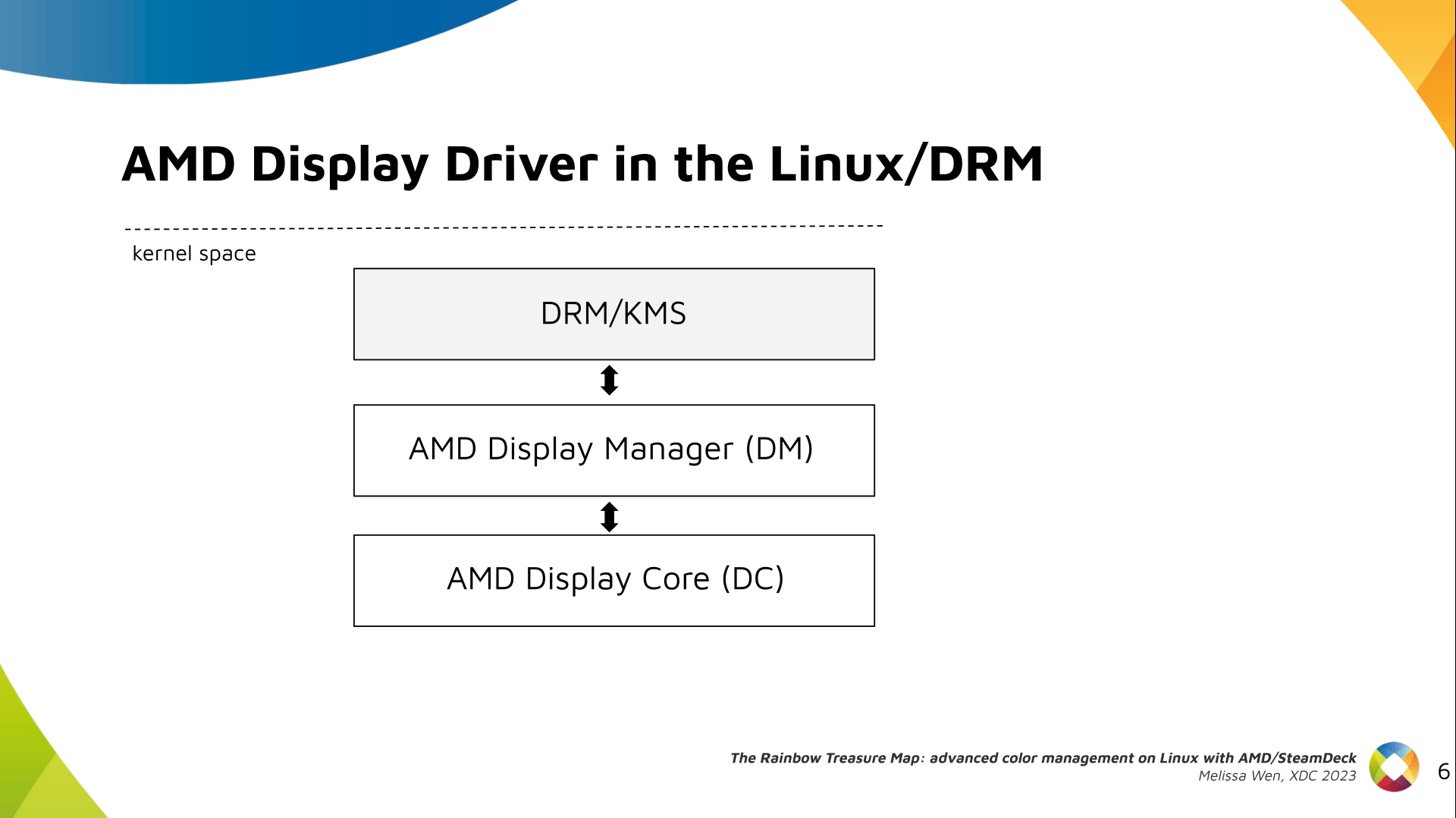
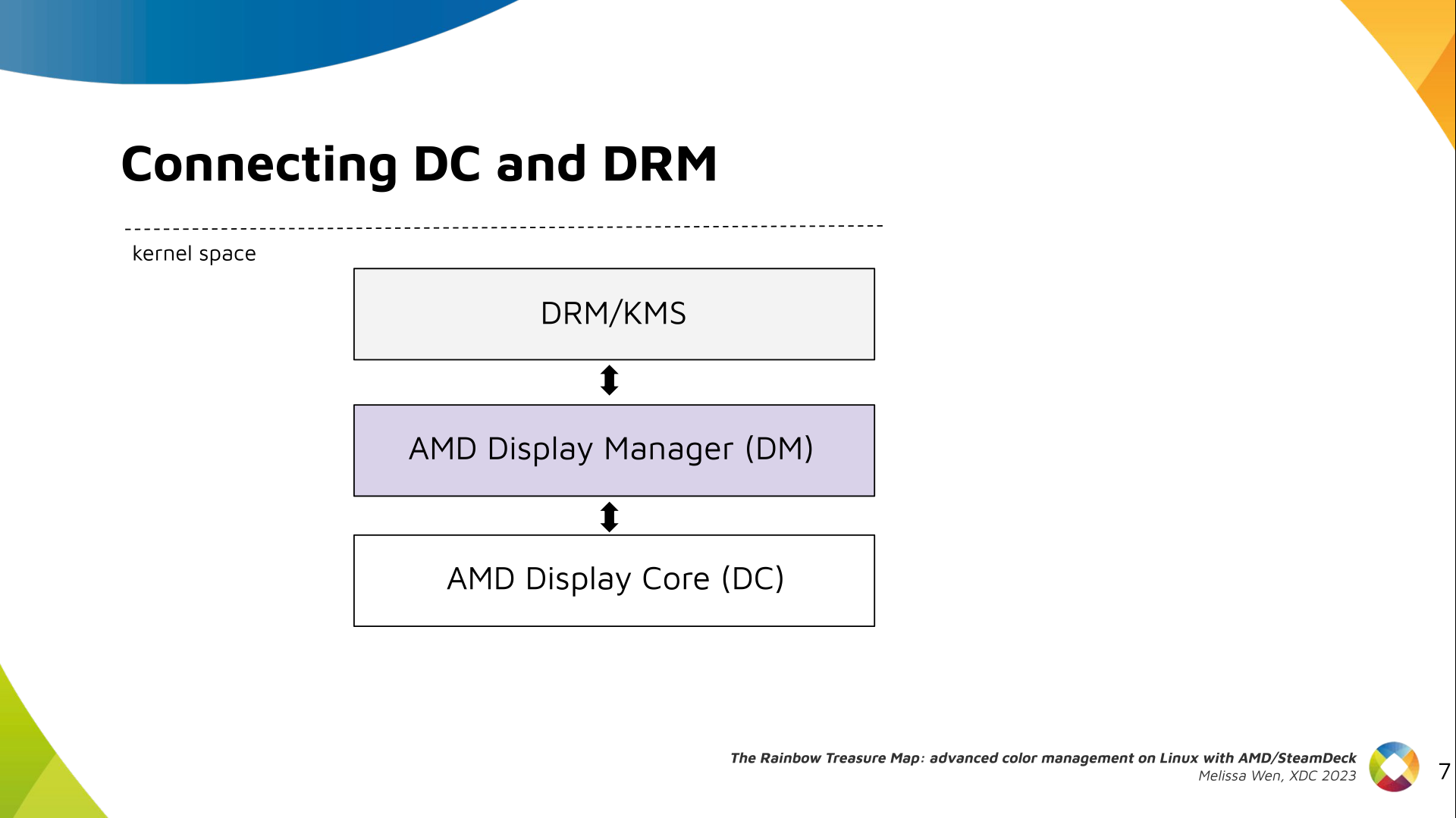
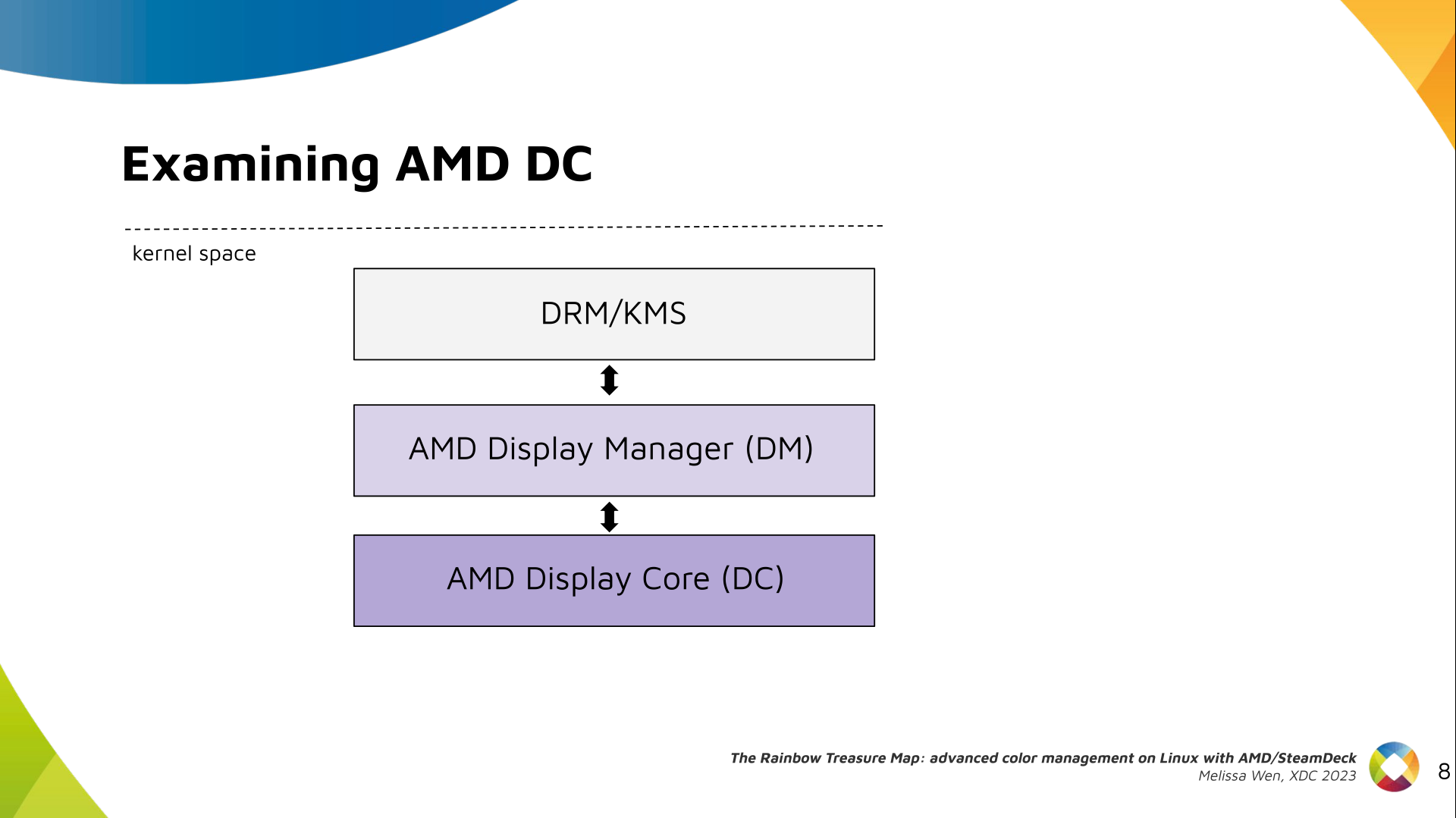
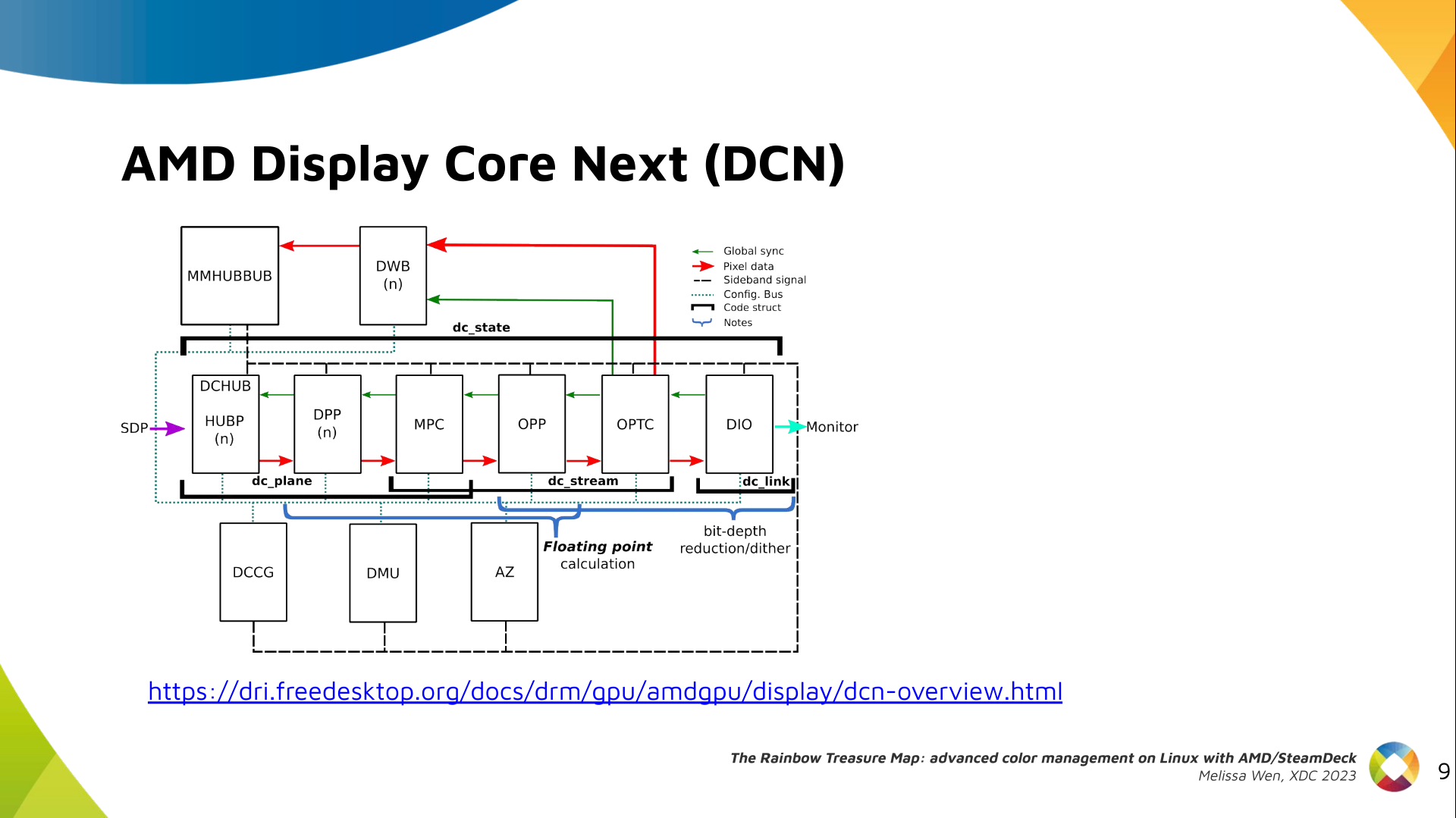
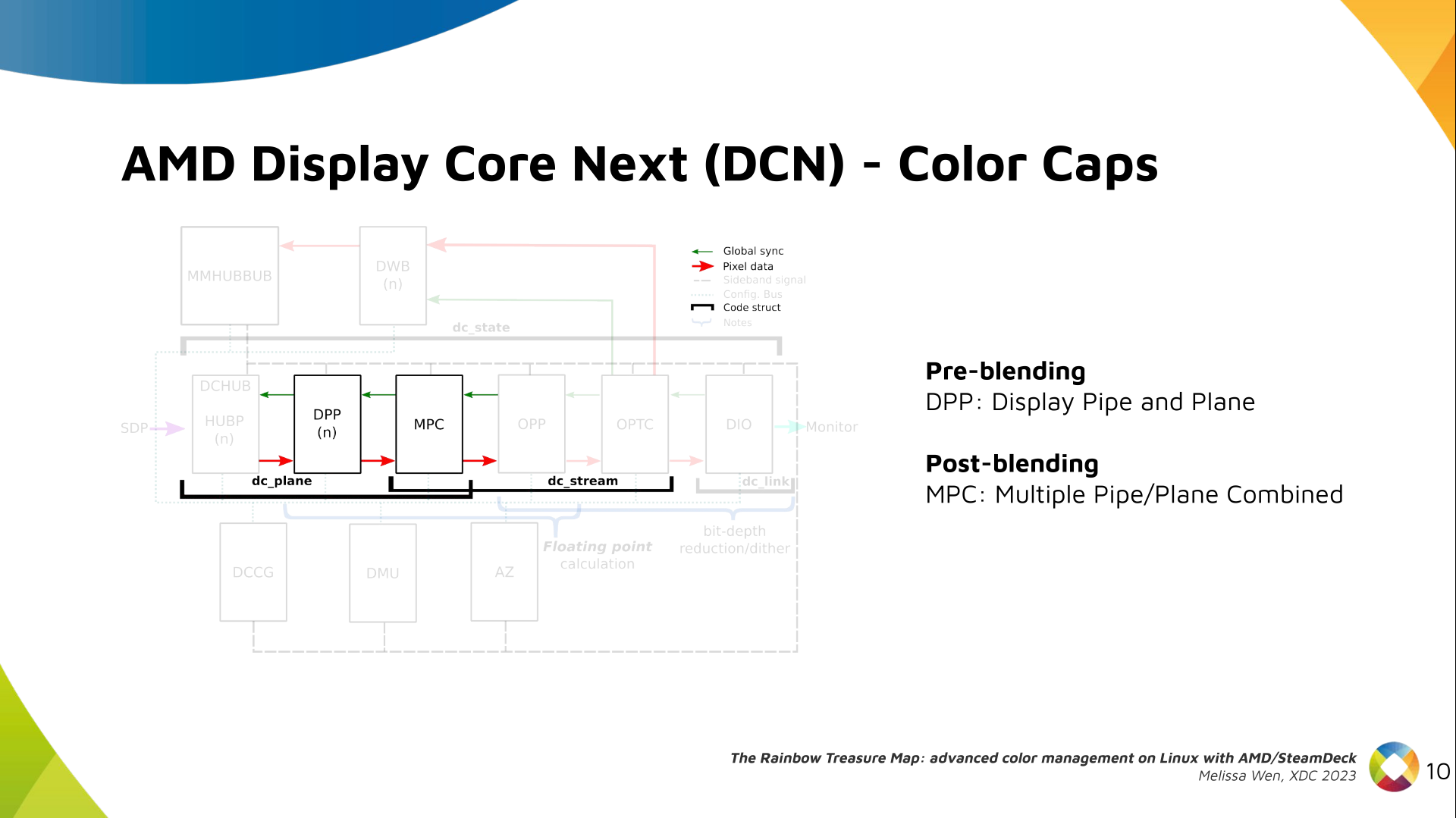
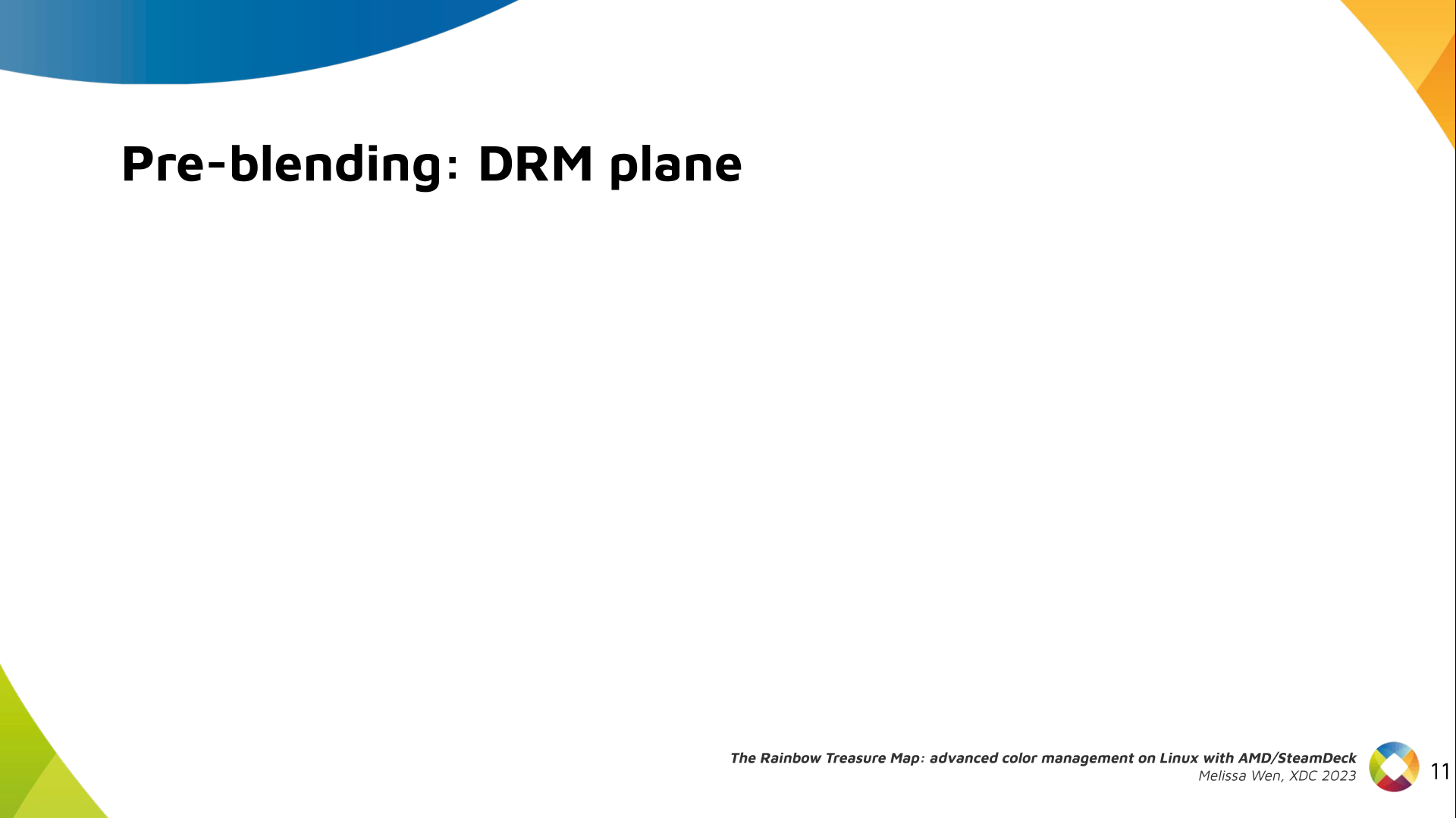
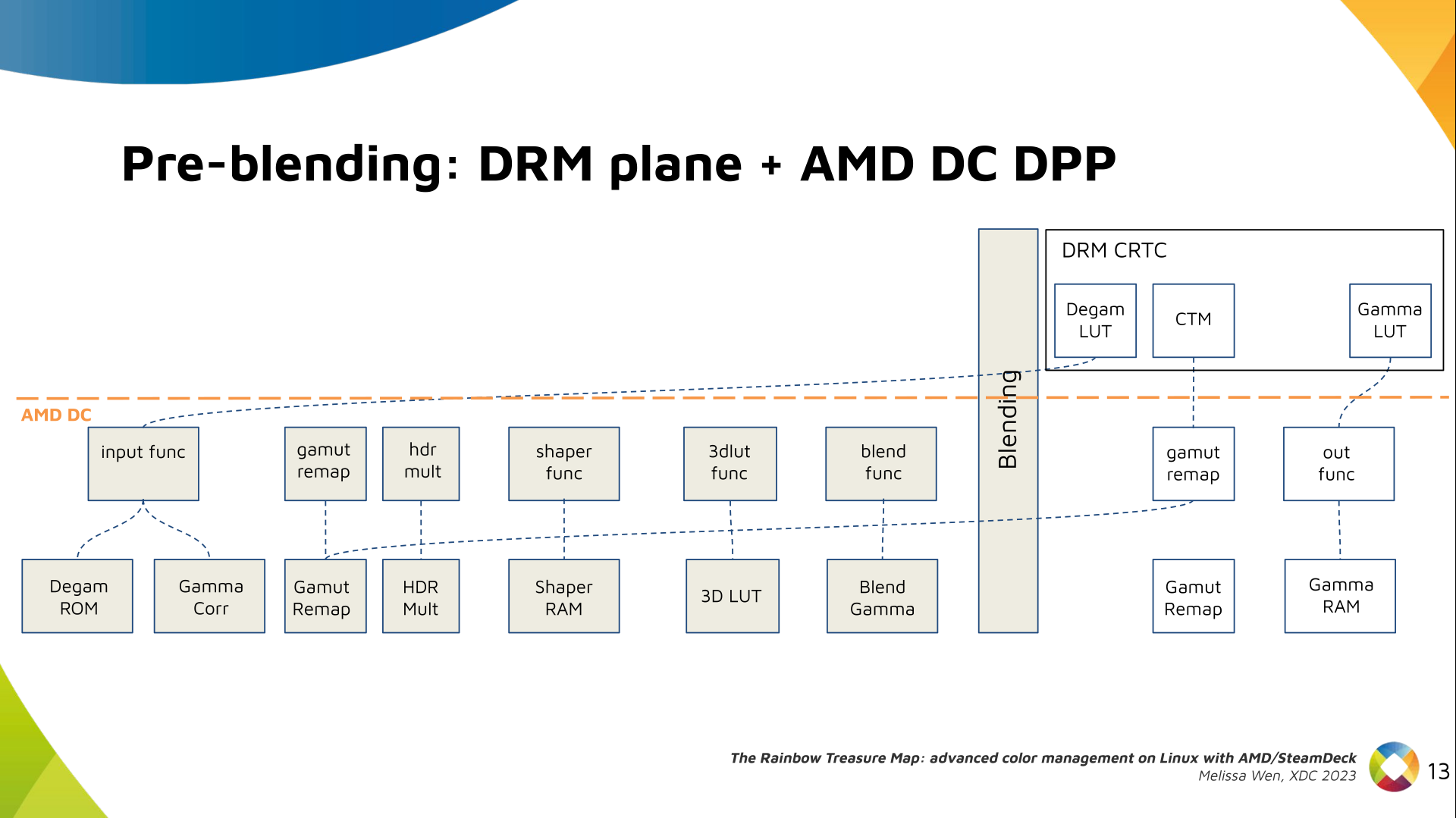
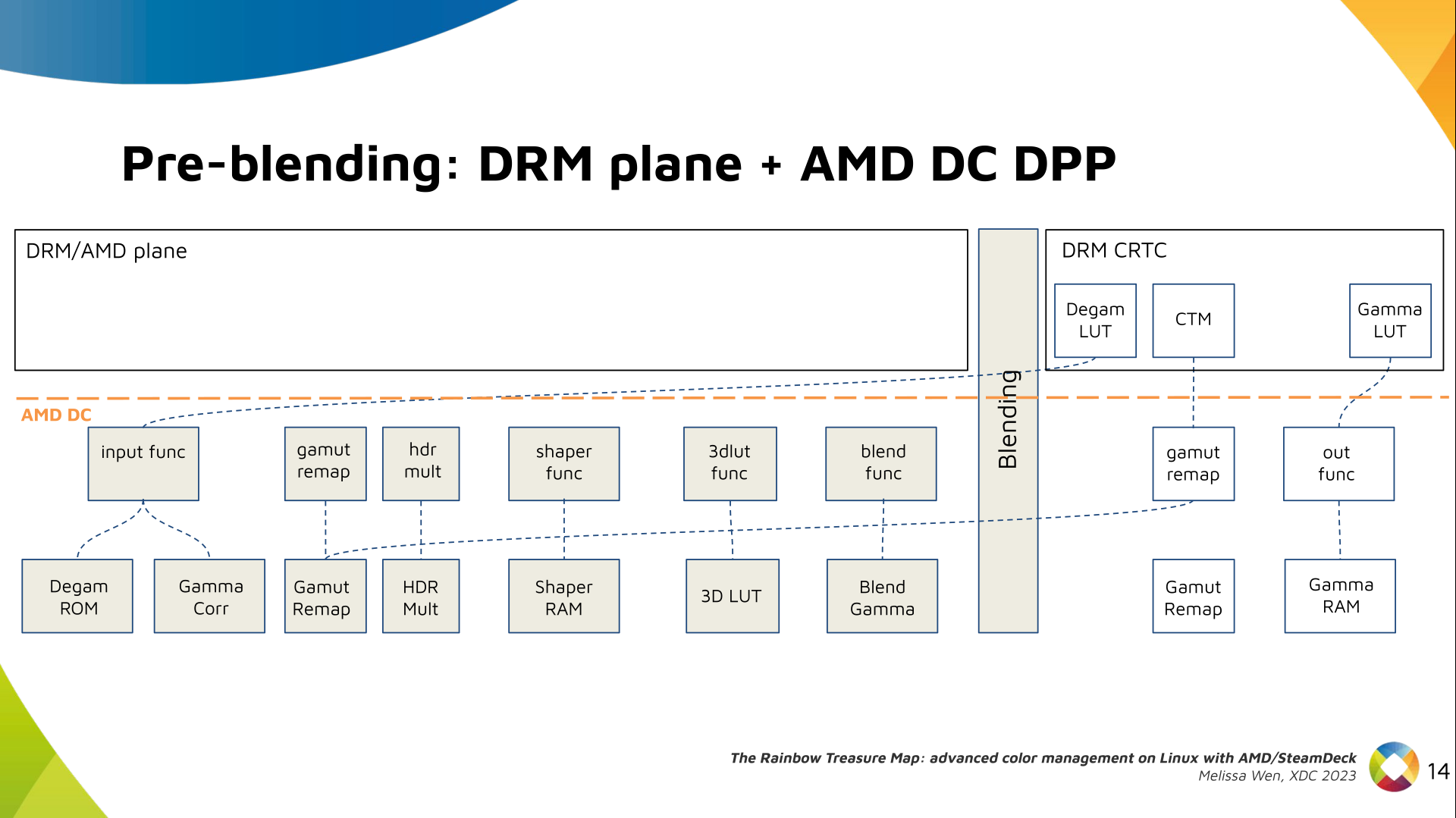
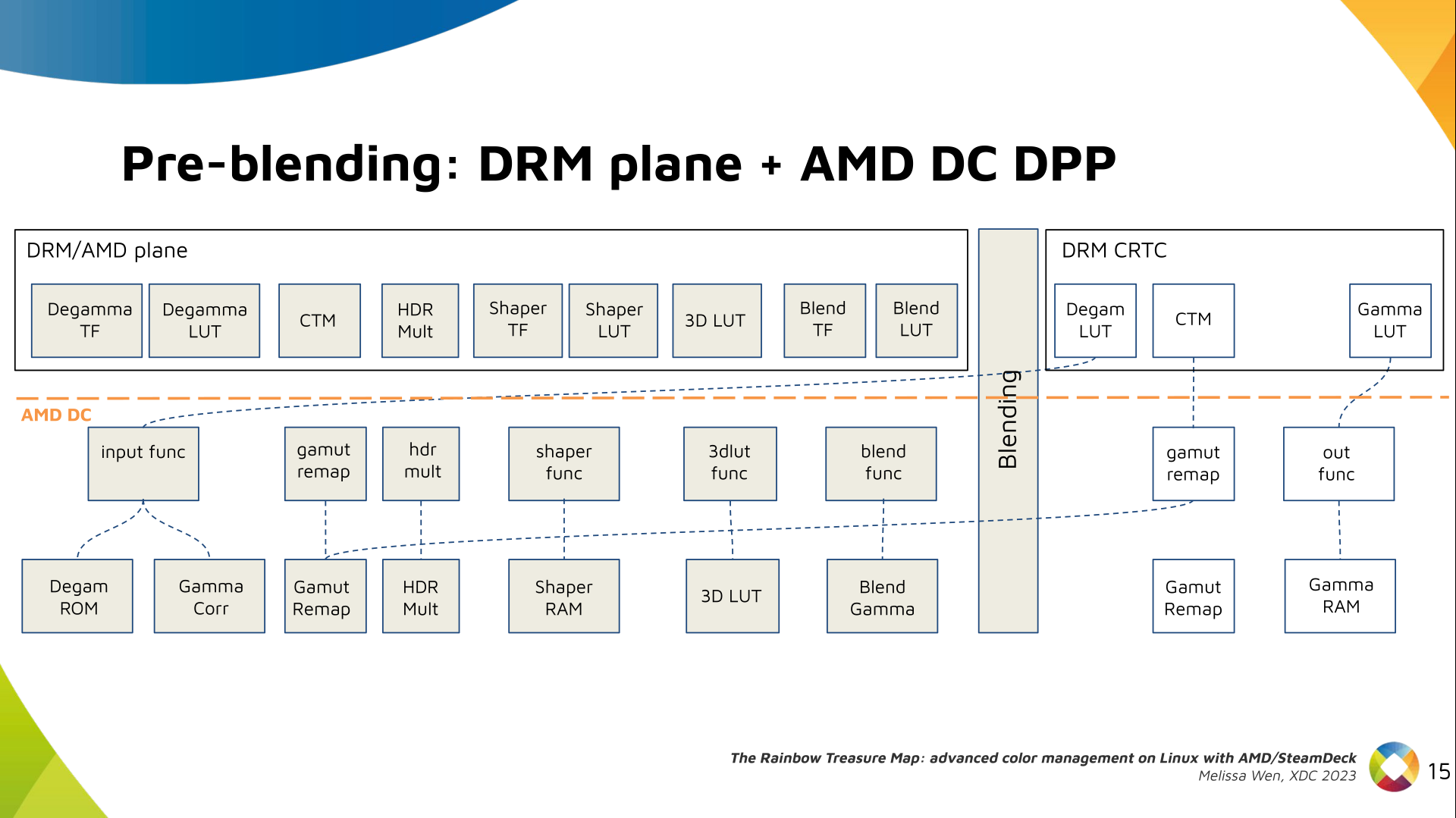
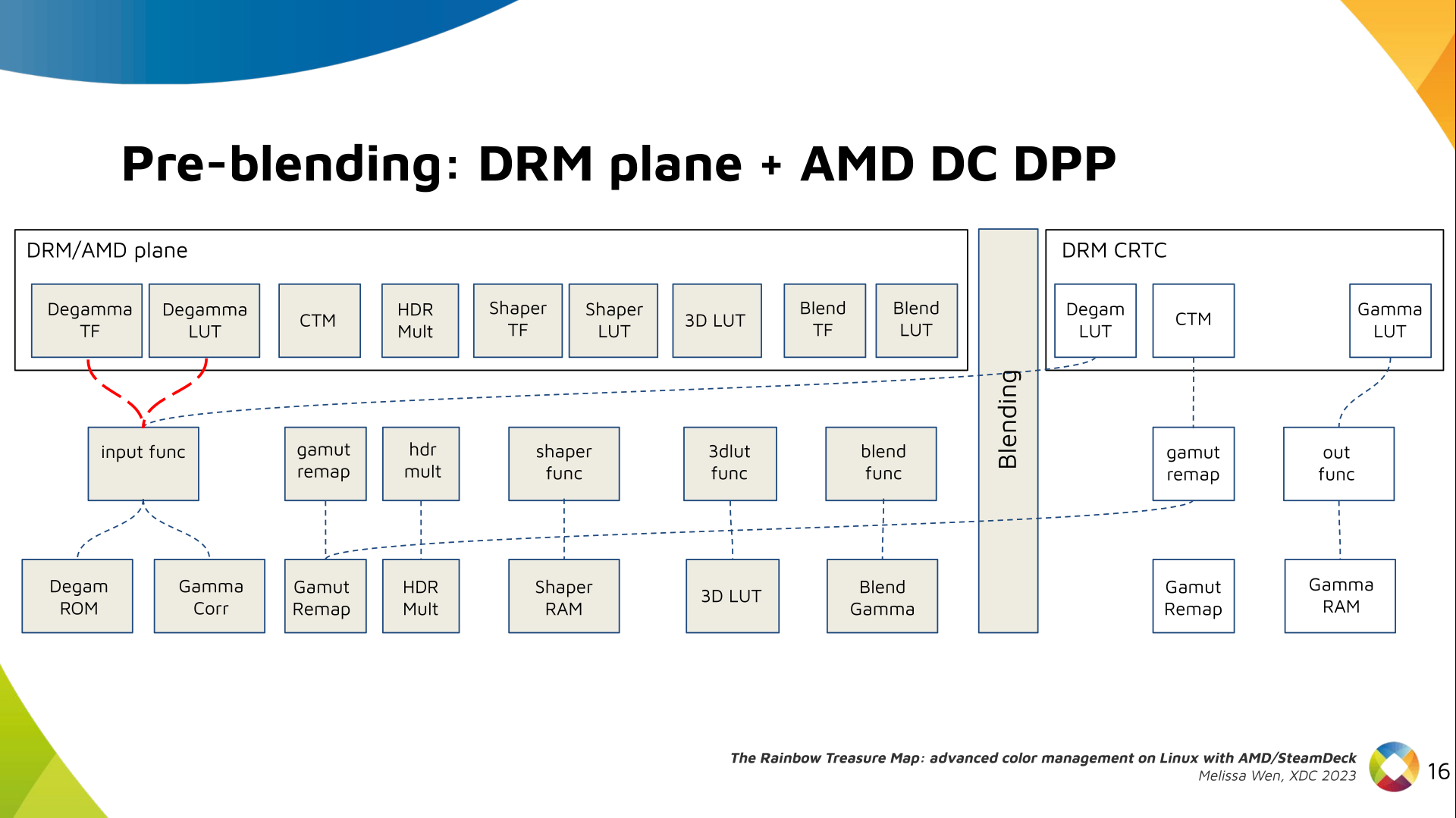
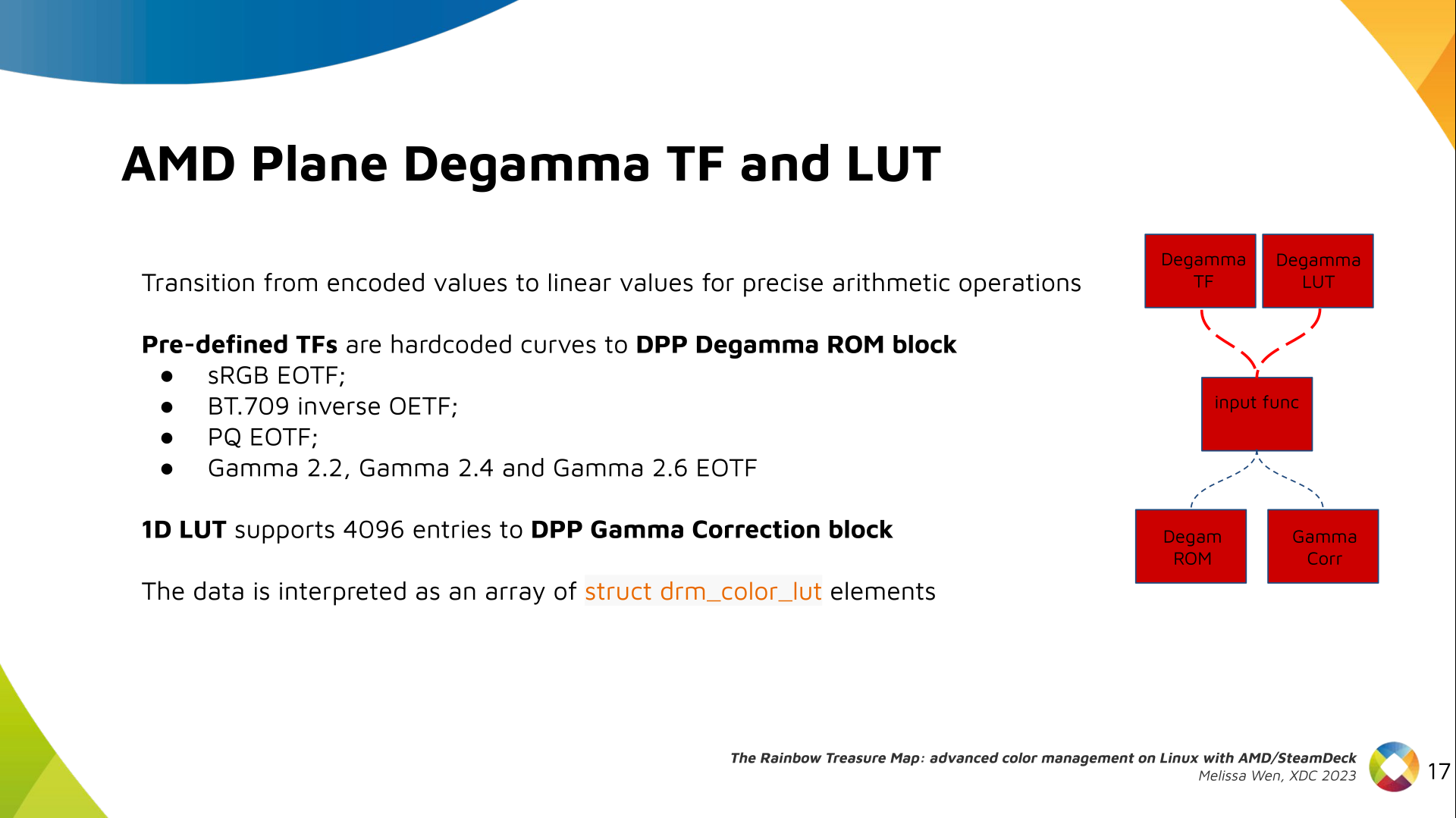
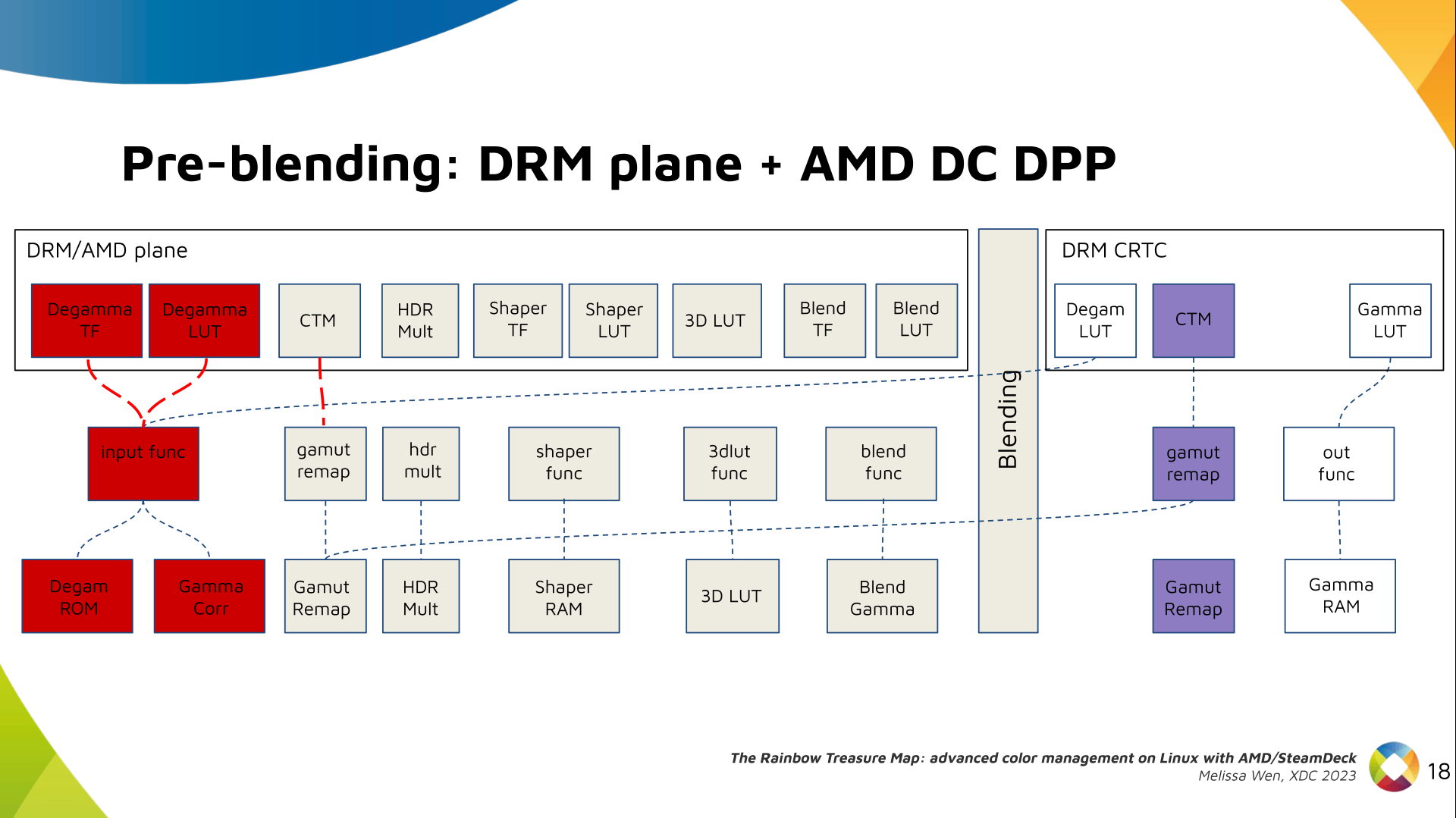
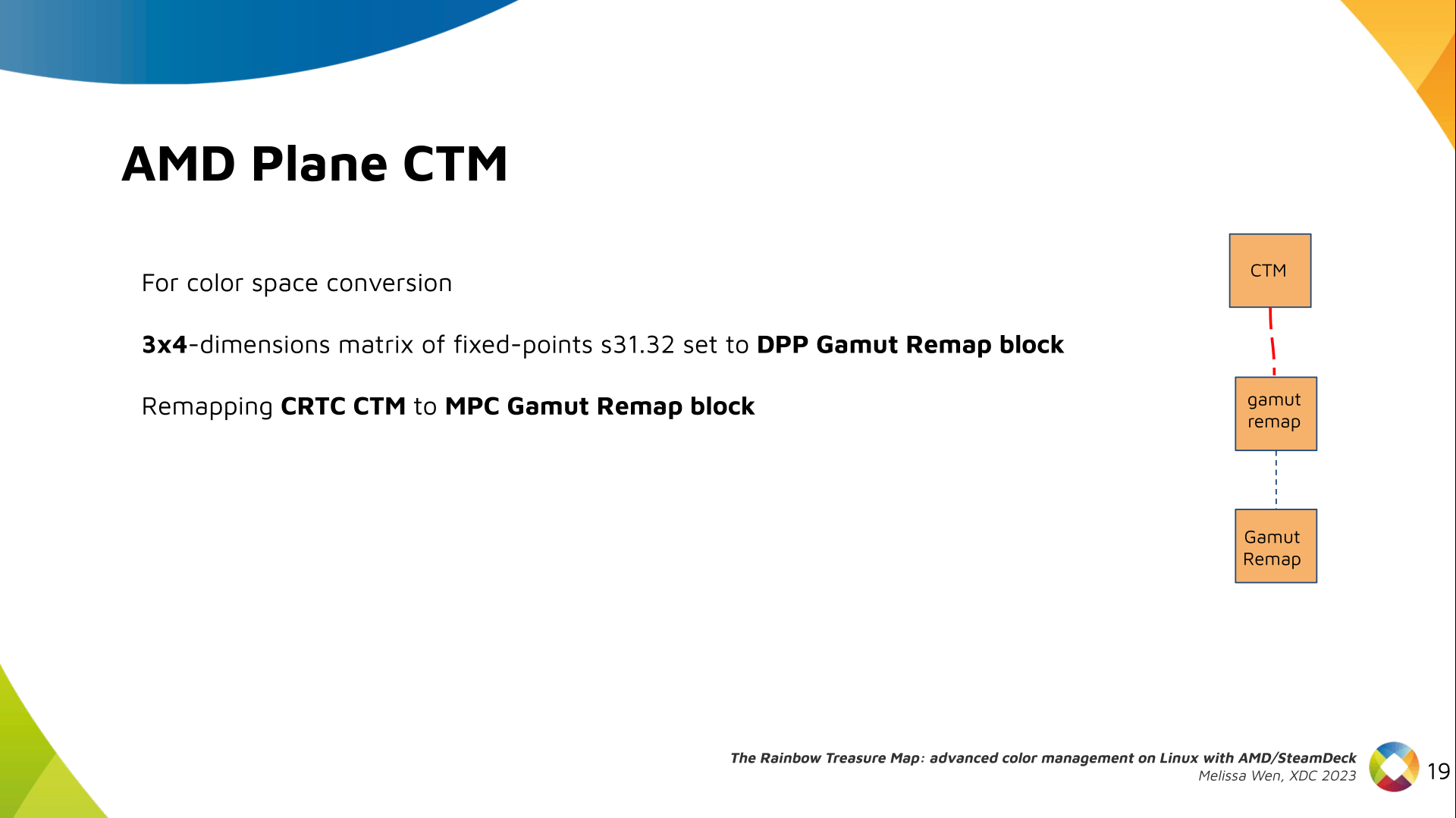
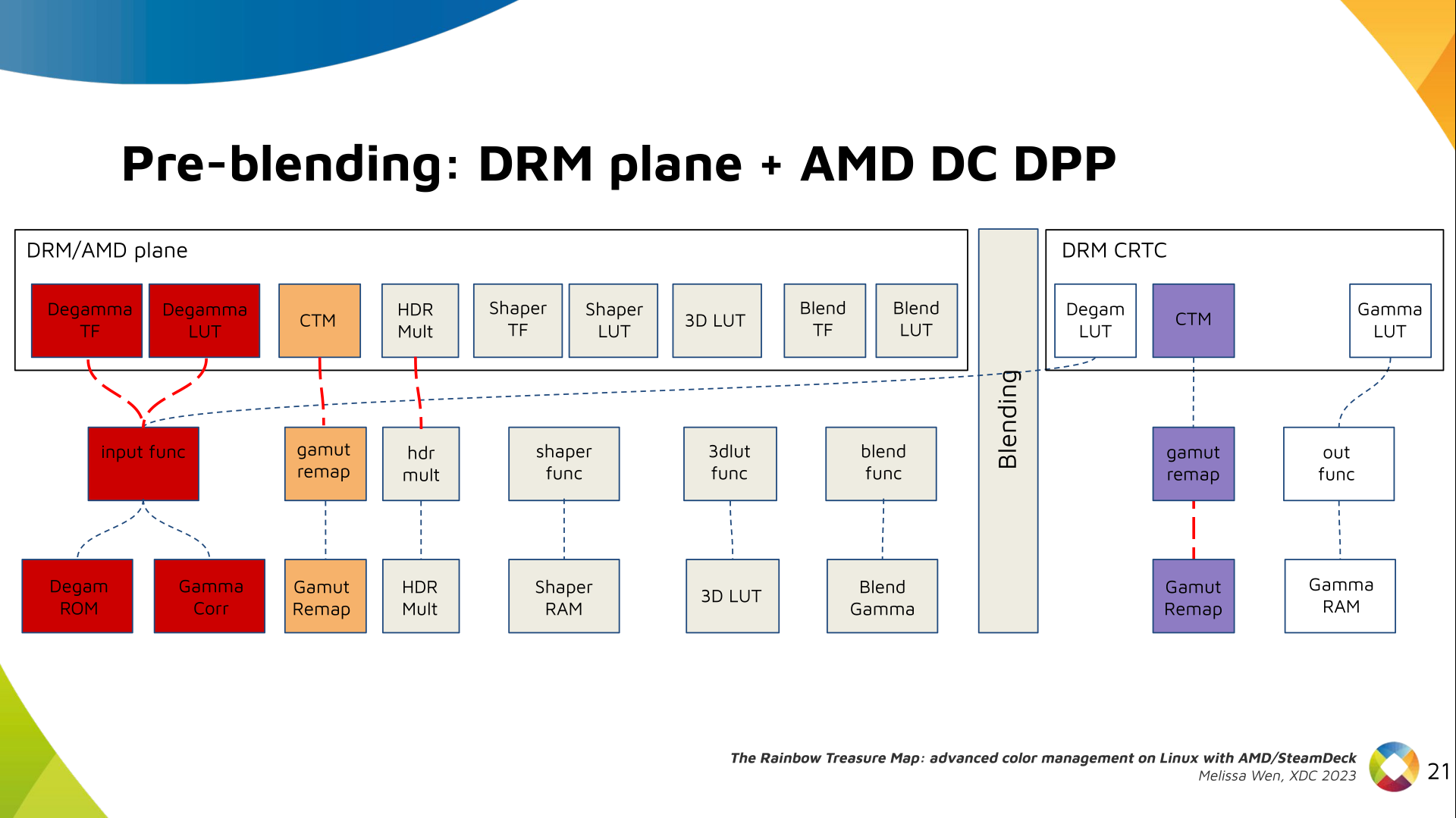
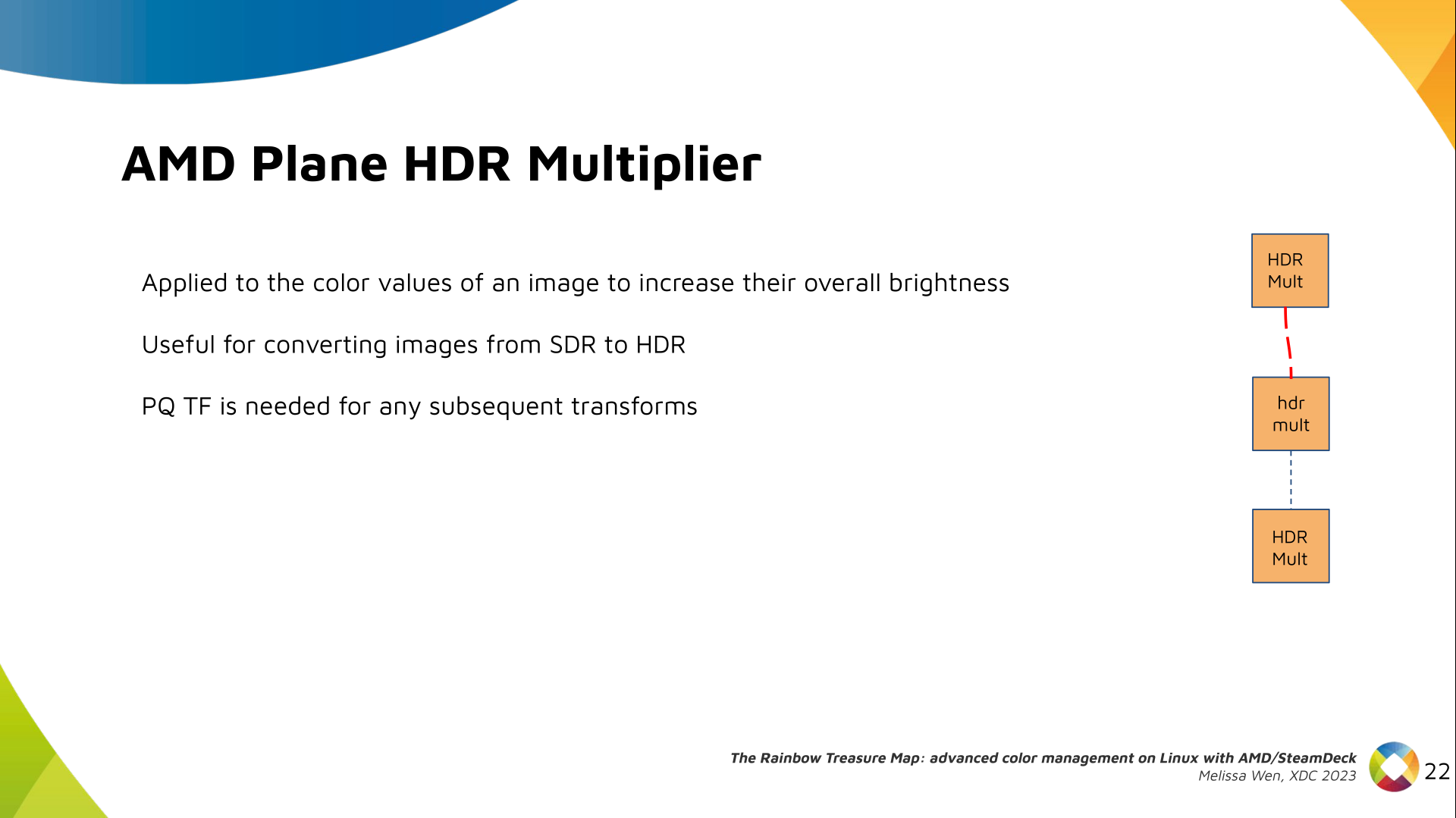
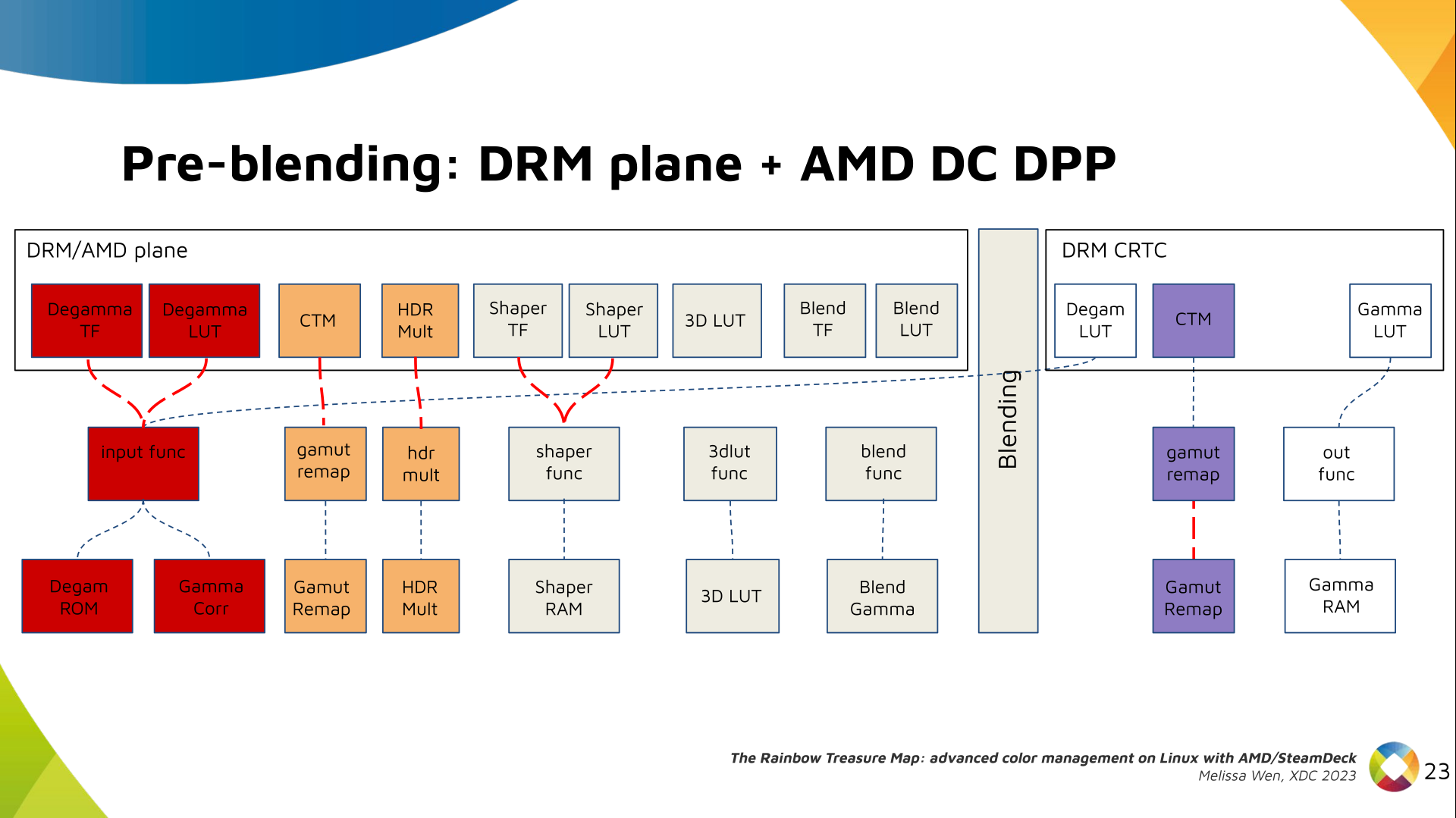
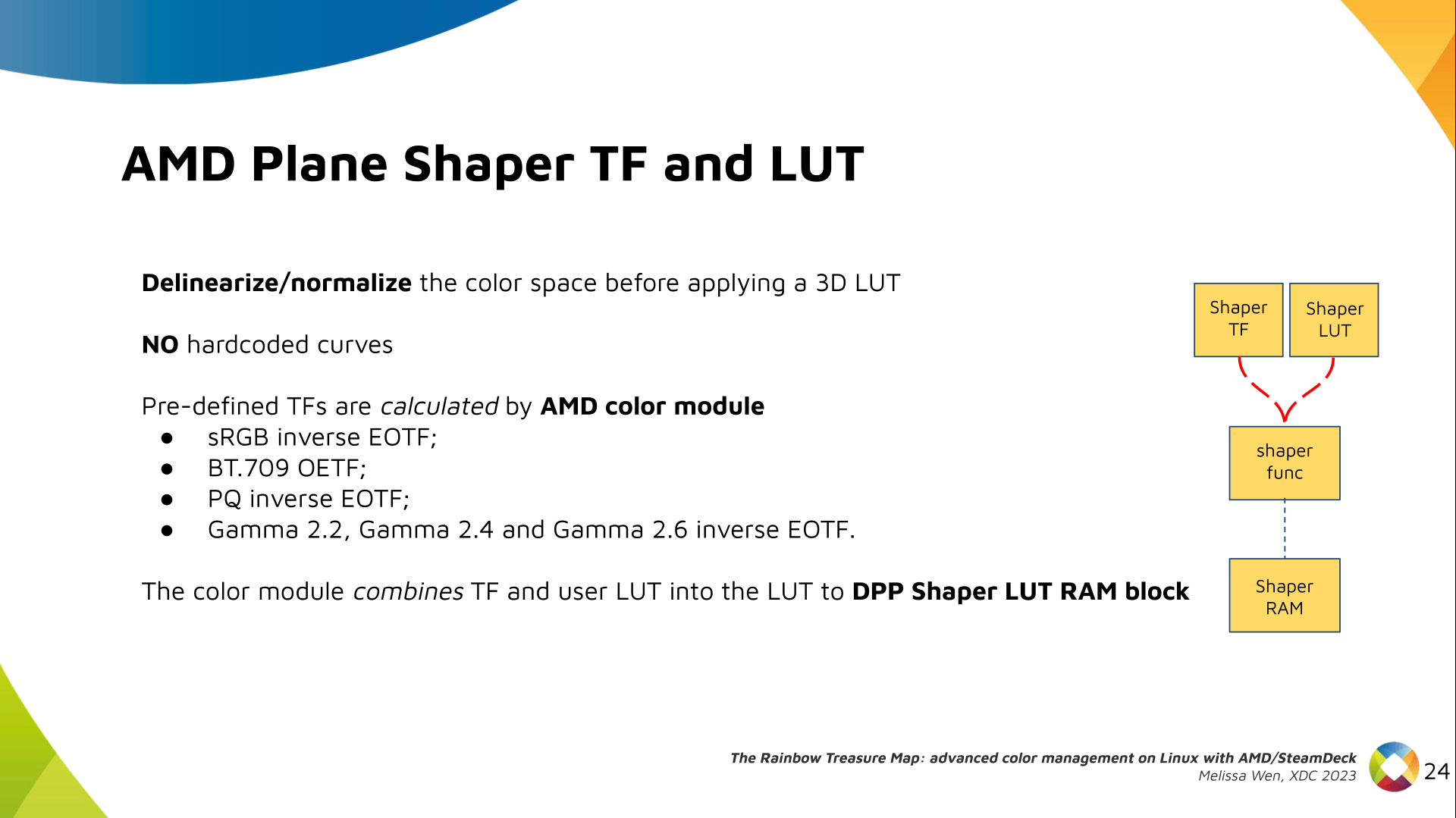
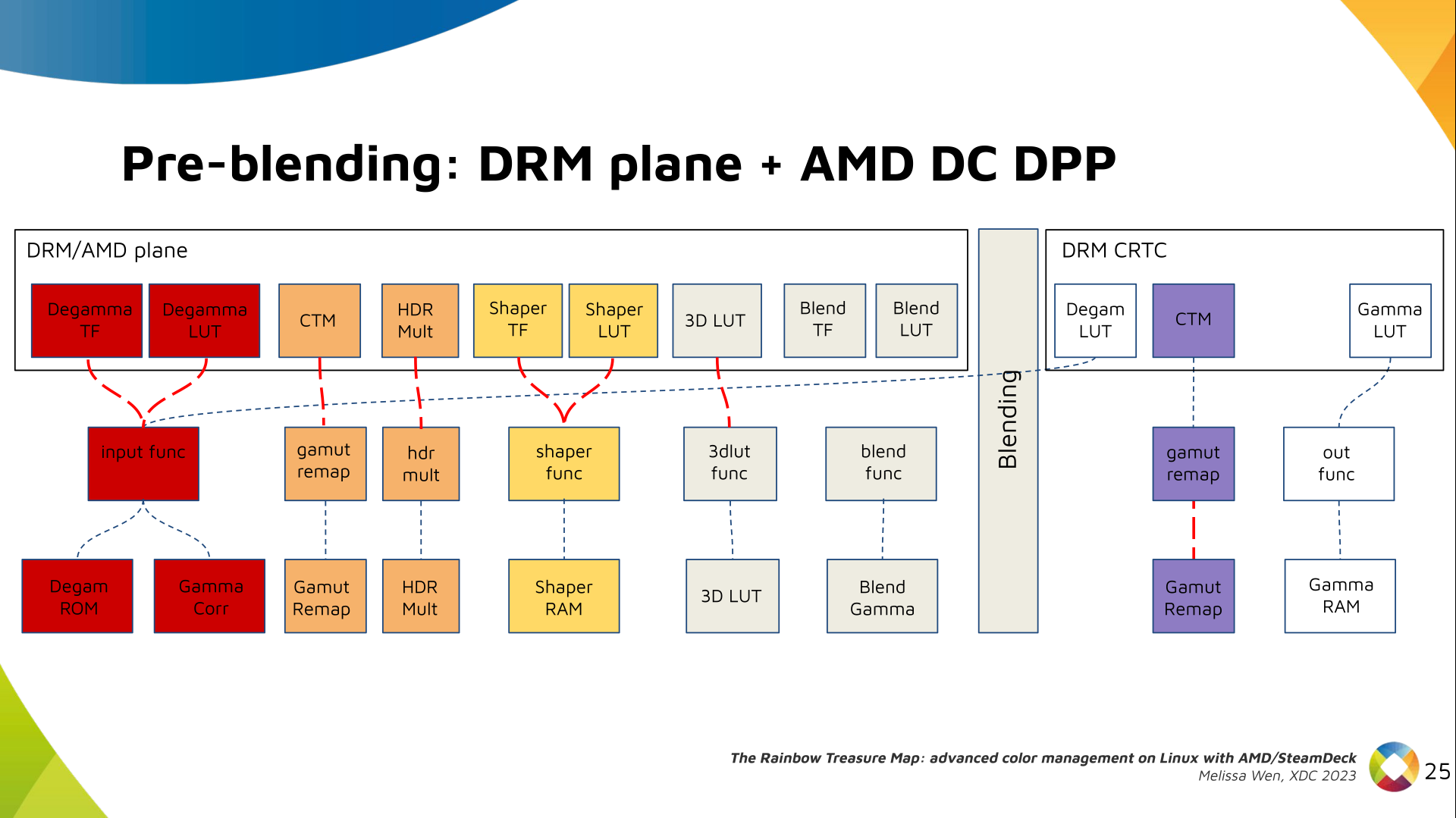
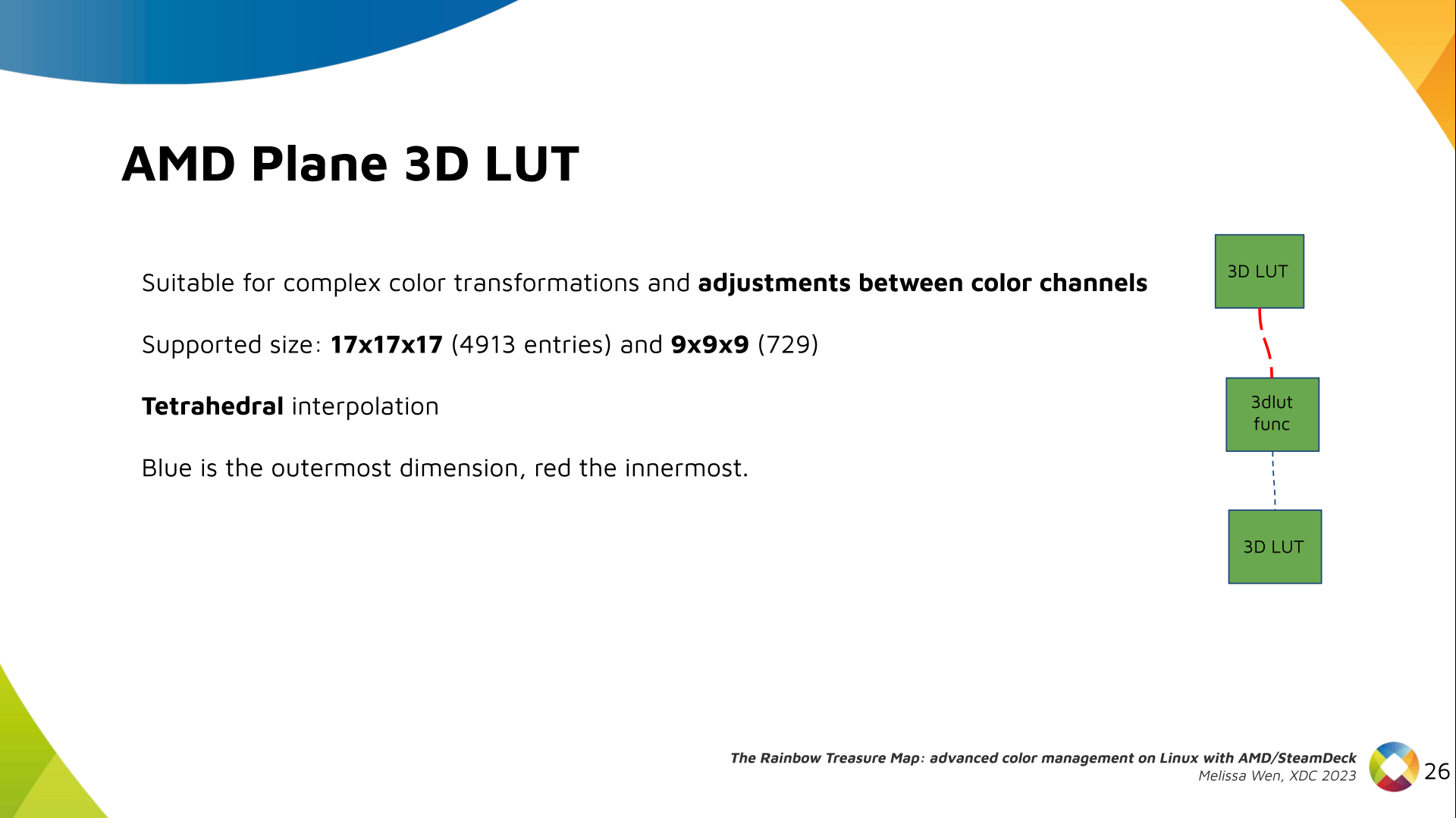
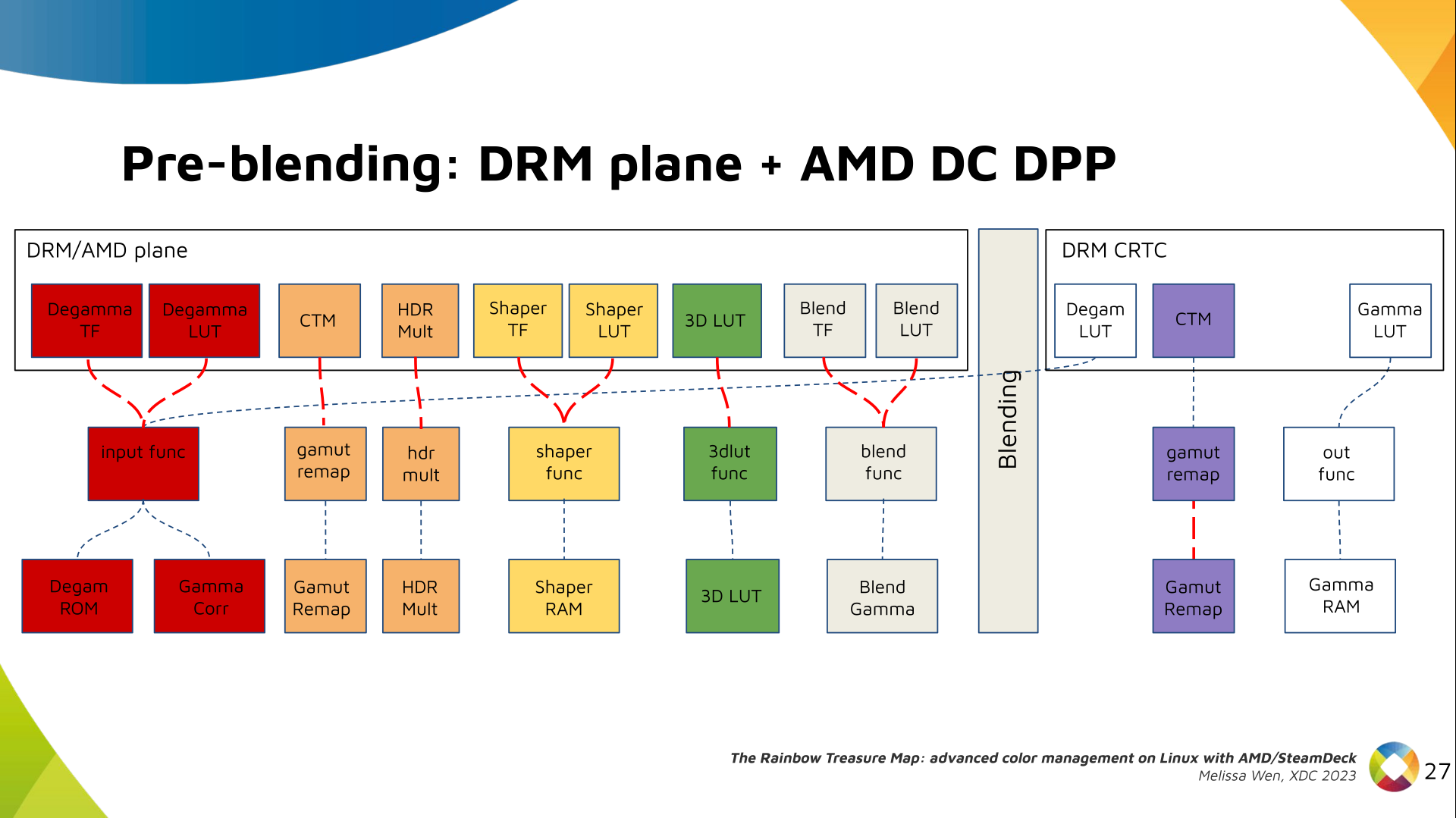
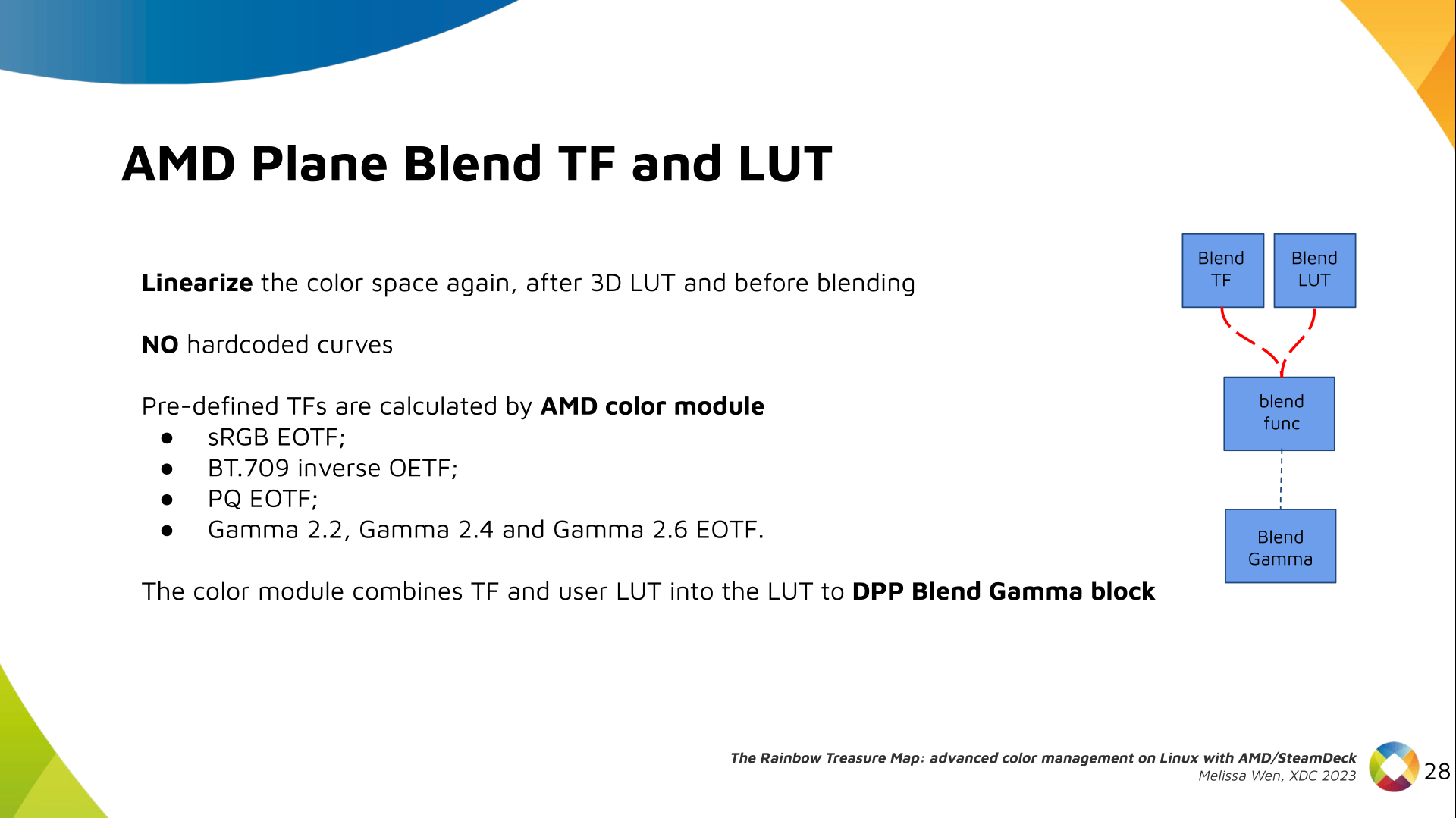
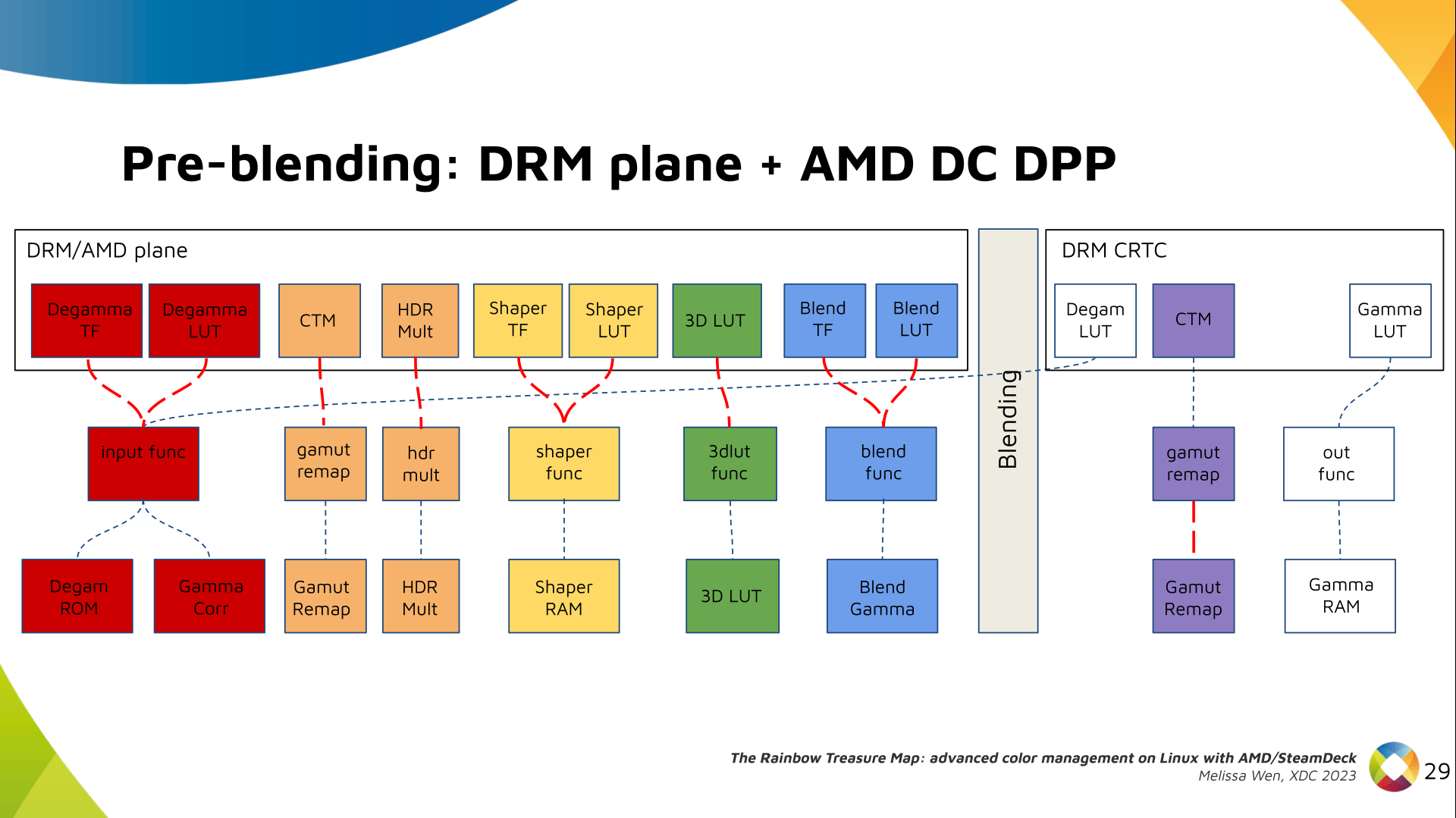
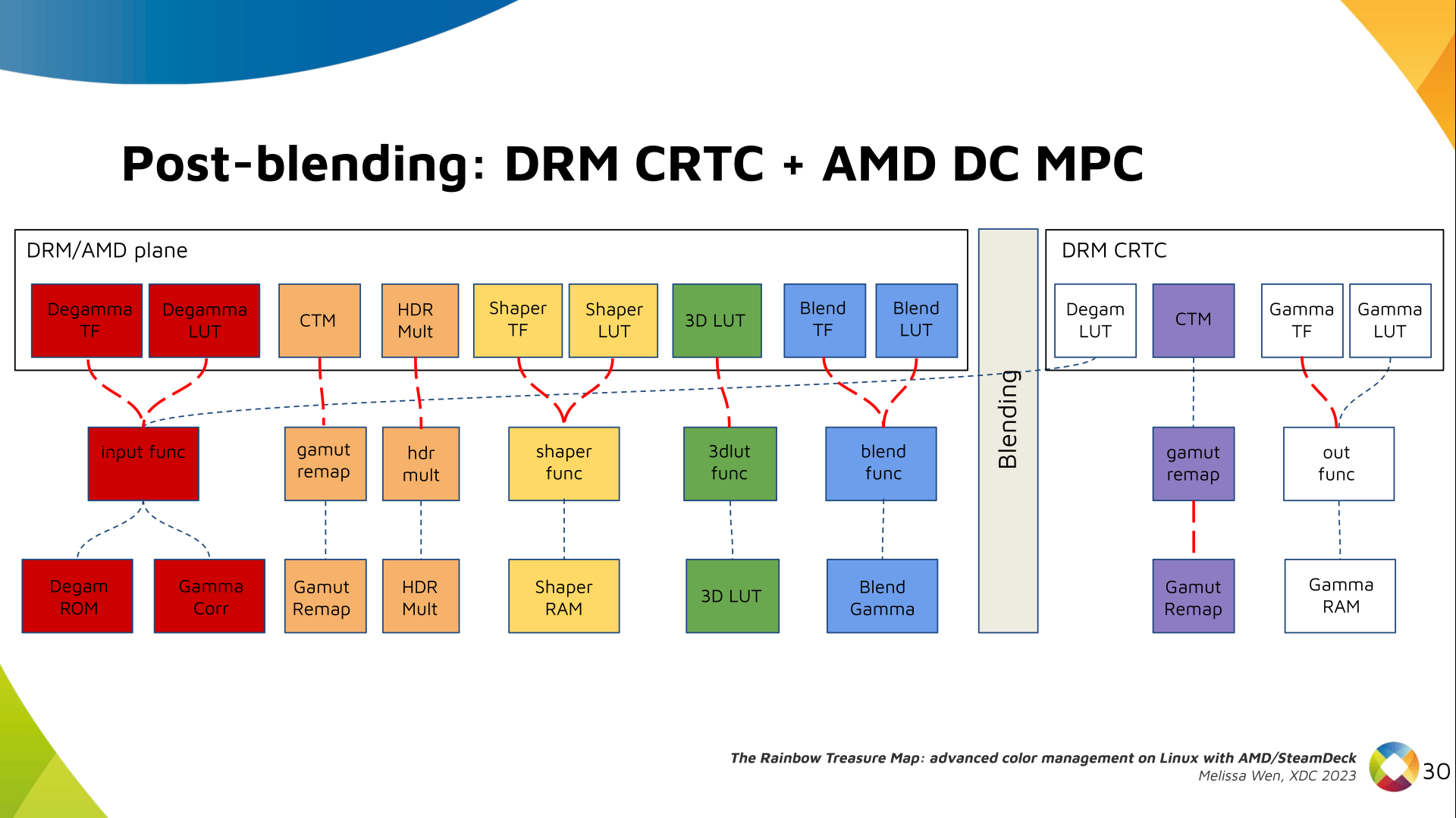
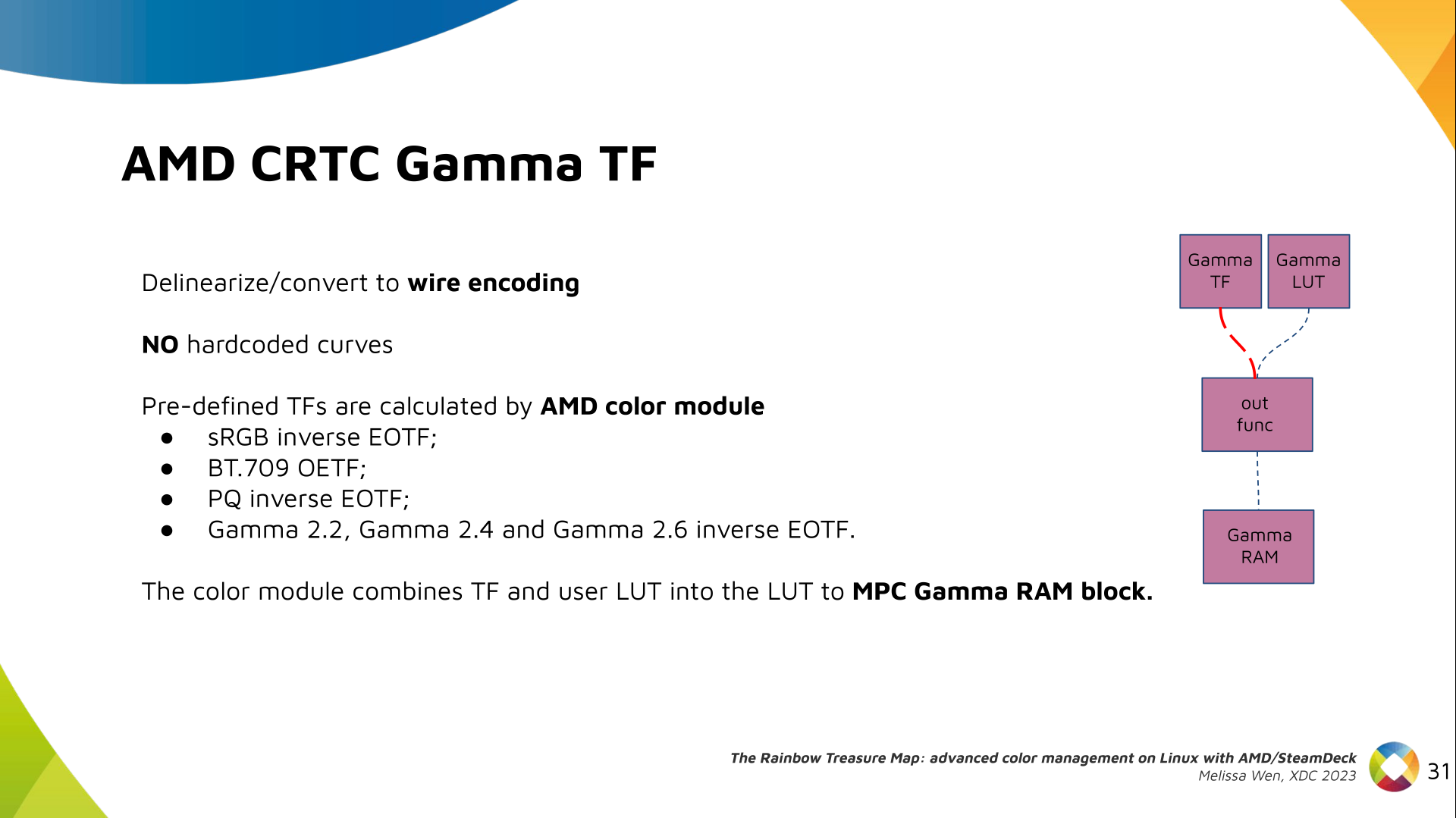
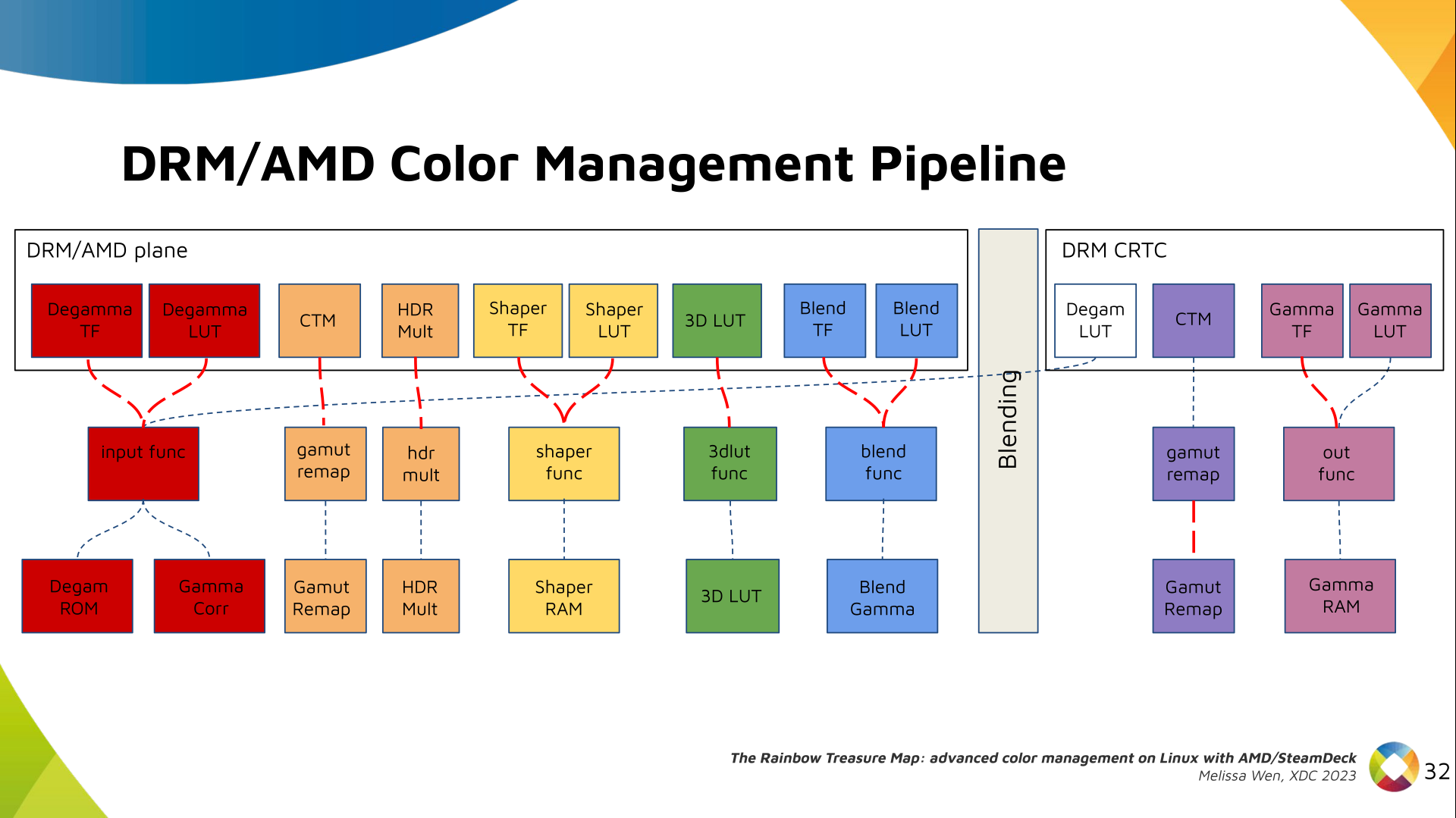
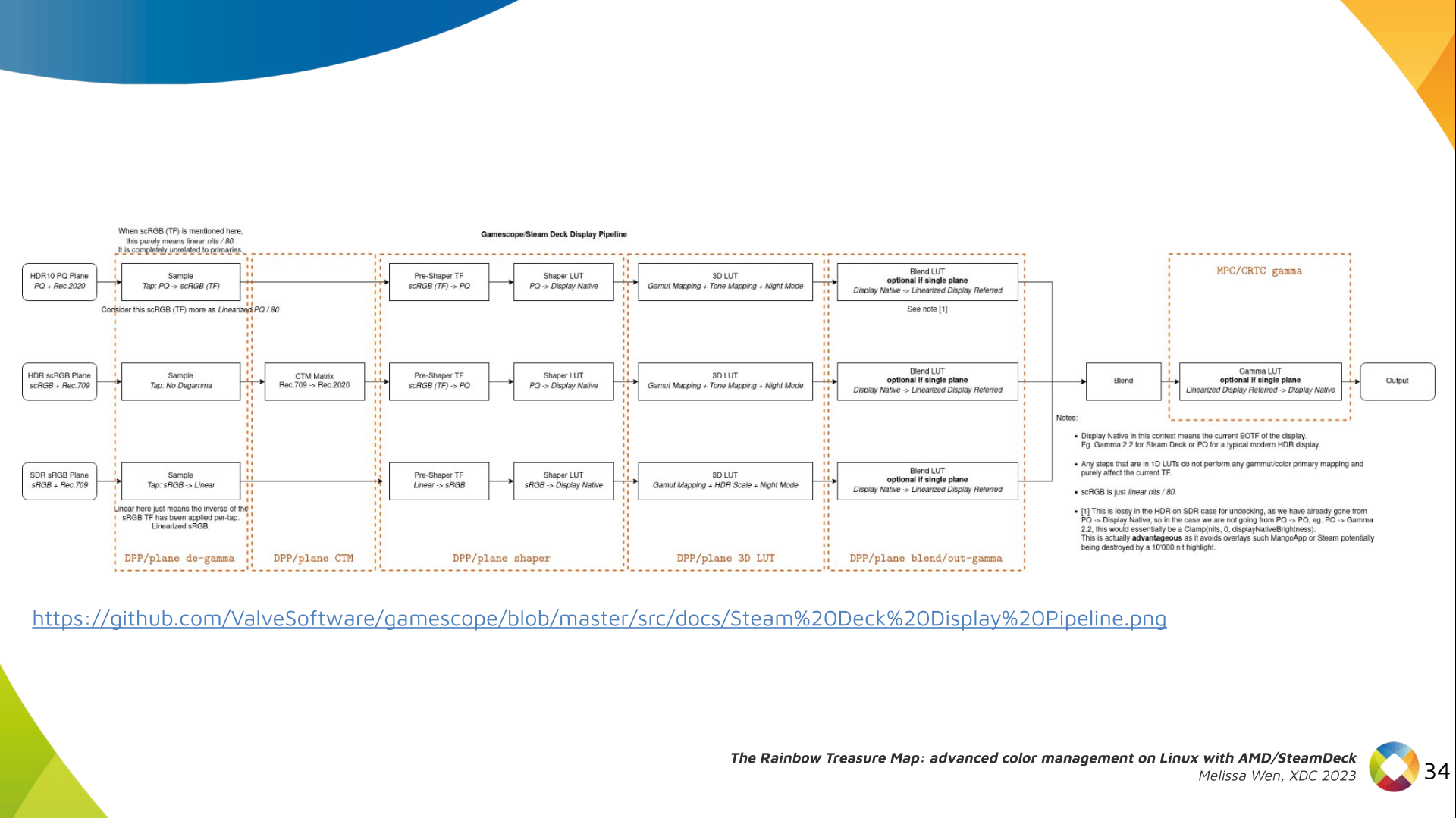
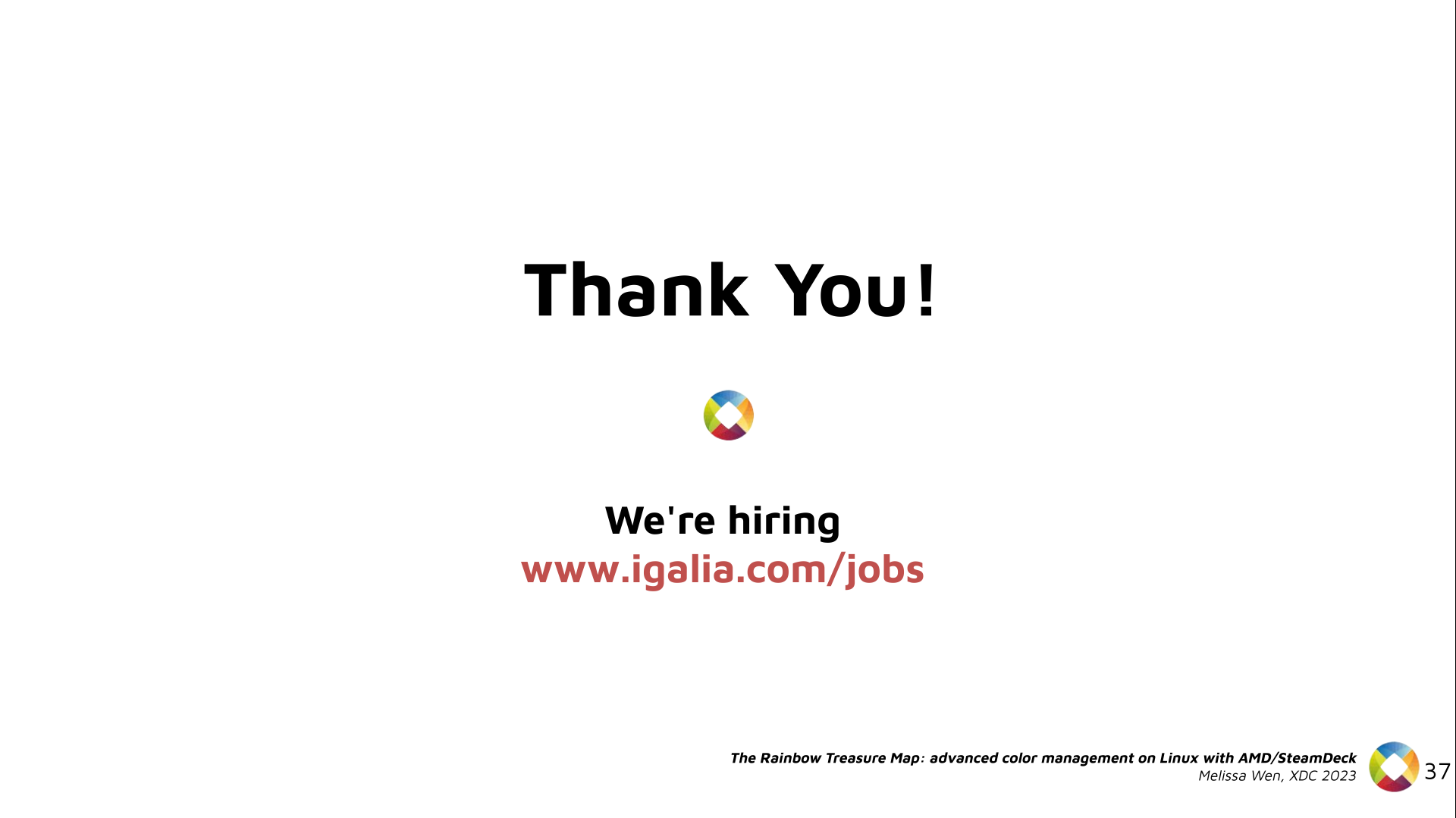

 The DRM/KMS framework provides the atomic API for color management through KMS
properties represented by
The DRM/KMS framework provides the atomic API for color management through KMS
properties represented by 
 Debian Celebrates 30 years!
We celebrated our
Debian Celebrates 30 years!
We celebrated our 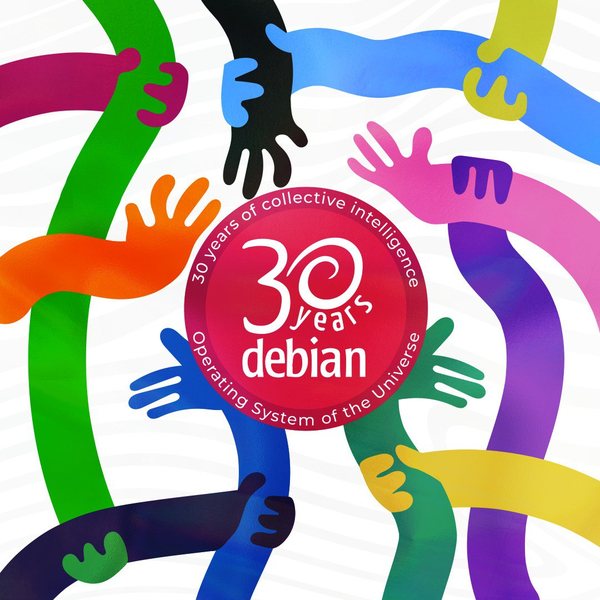
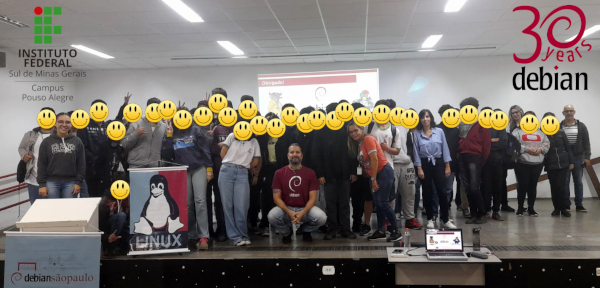


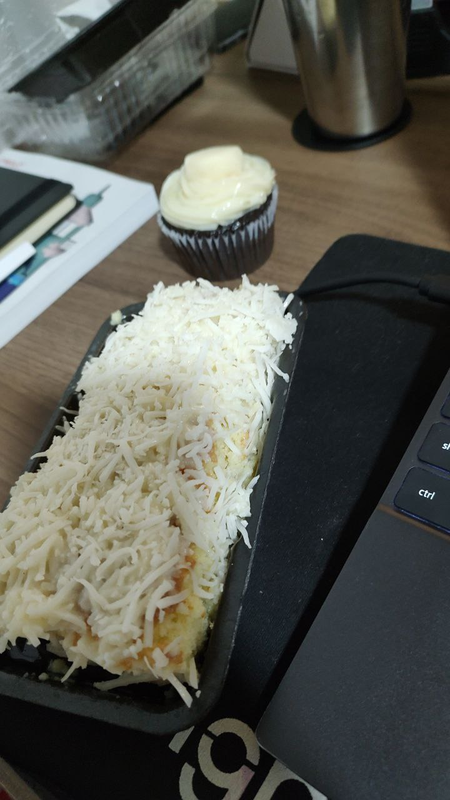

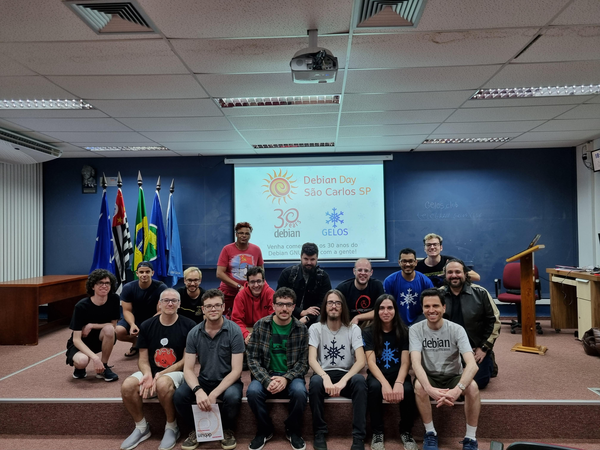
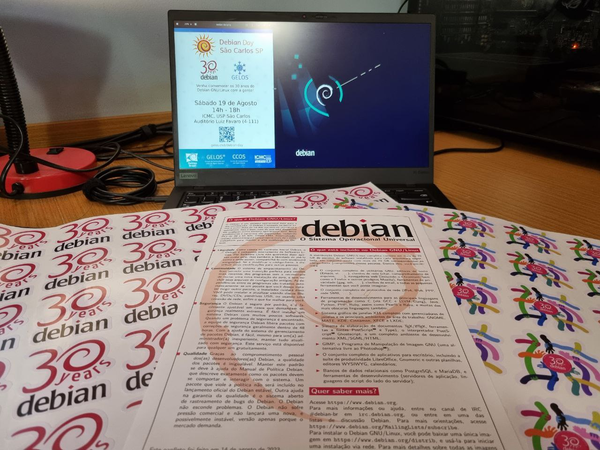
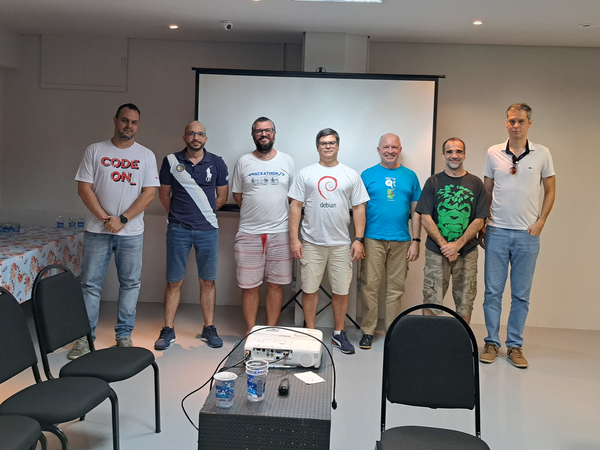

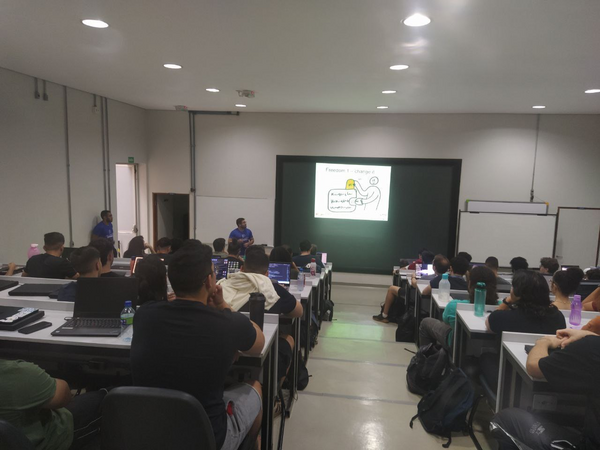



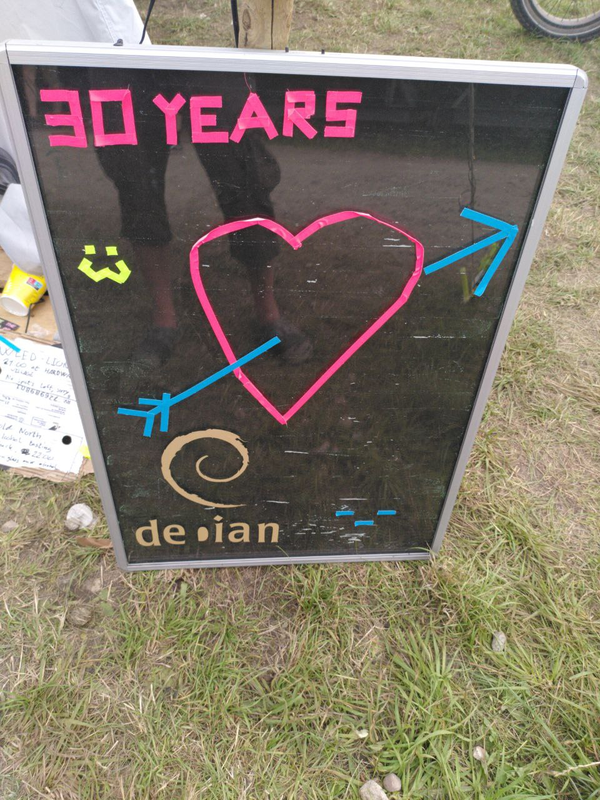


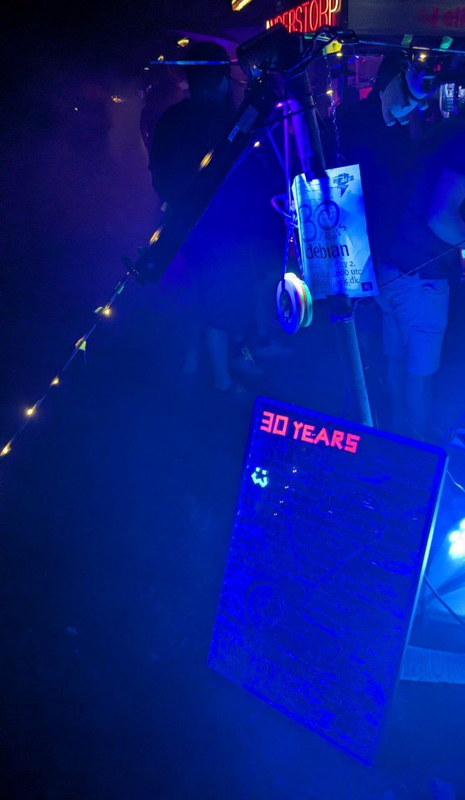

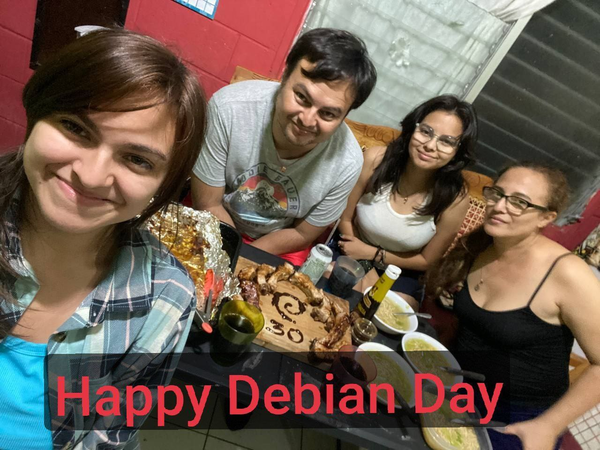






 The more I say, the more depressed I will become so will leave it for now. In many ways the destruction seems similar to the destruction that
The more I say, the more depressed I will become so will leave it for now. In many ways the destruction seems similar to the destruction that 
 Just read this, beautifully
Just read this, beautifully  Previously:
Previously: 
 There is an saying that you can take the boy out of the valley, but you cannot the valley out of the boy so for those of us who spent a decade or two in finance and on trading floors, having some market price information available becomes second nature. And/or sometimes it is just good fun to program this.
A good while back
There is an saying that you can take the boy out of the valley, but you cannot the valley out of the boy so for those of us who spent a decade or two in finance and on trading floors, having some market price information available becomes second nature. And/or sometimes it is just good fun to program this.
A good while back  This is quite mesmerizing when you just run two command-line clients (in a
This is quite mesmerizing when you just run two command-line clients (in a  After having been (again) demoted (timed perfectly to my round birthday!) based on flimsy arguments, I have been forced to rethink the level of contribution I want to do for Debian. Considering in particular that I have switched my main desktop to dual-boot into Arch Linux (all on the same btrfs fs with subvolumes, great!) and have run Arch now for several days exclusively, I think it is time to review the packages I am somehow responsible for (
After having been (again) demoted (timed perfectly to my round birthday!) based on flimsy arguments, I have been forced to rethink the level of contribution I want to do for Debian. Considering in particular that I have switched my main desktop to dual-boot into Arch Linux (all on the same btrfs fs with subvolumes, great!) and have run Arch now for several days exclusively, I think it is time to review the packages I am somehow responsible for (



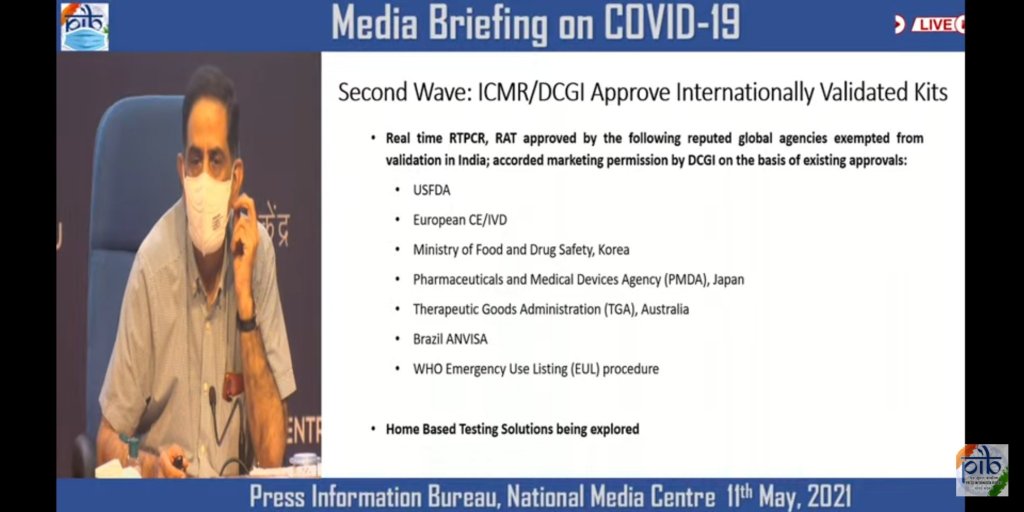
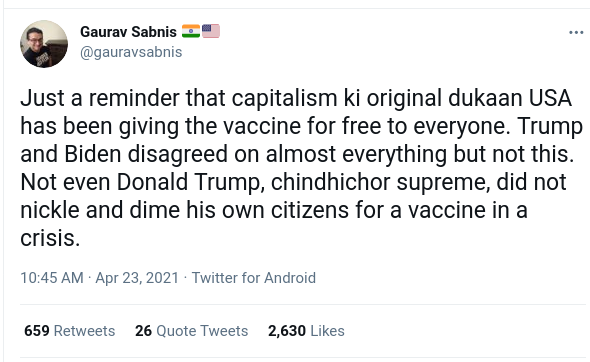
 Pappu Yadav, President Jan Adhikar Party, Bihar May 11, 2021
Pappu Yadav, President Jan Adhikar Party, Bihar May 11, 2021





 A new release of the
A new release of the 
